Ford Sierra RS Cosworth 4x4 - 1991
€ 24.000
Financing options.jpg)
Description
Ford Sierra RS Cosworth 4x4 registration. Italian car with only two owners from 1991 to today.
Various works carried out over time such as replacement of front trapezoides and related bushings, timing belt, muffler. Leather interior and sunroof.
Model history and curiosity
The Ford Sierra RS Cosworth is a sports car, produced by the American car manufacturer Ford from 1986 to 1992, as a high-performance version of the Ford Sierra, in order to be homologated and compete in the Group A category in the rally and touring championships.
In April 1983 the team led by Turner decided to use the Sierra as the basis for the future car to be homologated in Group A.
Detail of the front, with the "gills" on the bonnet for cooling and the air intake between the headlights for the intercooler
Many of the differences and suspension improvements between the standard Sierra and the Cosworth were developed using experience learned from racing Jack Roush's turbocharged Merkur of the Sierra Cosworth was developed from the experience gained with the XR4Ti. The suspension and aerodynamic engineering was done based on the cars Roush used in IMSA. Some components of the XR4Ti were reused on the Cosworth, such as the dashboard and instrument panel or the chassis stiffening plates.
Lothar Pinske, responsible for the car's bodywork, mounted a wing on the tailgate to make the car more stable at high speeds, as the body of the standard Sierra generated some aerodynamic lift even at relatively moderate speeds.
After numerous tests and trials in the wind tunnel and on the Nardò circuit in Italy, a prototype was presented to the project management. This was based on an XR4i body with temporary fiberglass and aluminum modifications. Aesthetically the biggest differences compared to the other Sierras were the rear wing which had been mounted to increase stability at high speeds and the air intake between the headlights, which was necessary to cool the intercooler and the wheel arches which were used to house the larger wheels with 10-inch channel of the competition version.
Cosworth YBD engine from a Sierra RS500; note the second set of 4 additional injectors
Furthermore, Ford took some measures to reduce the price of the car. For example, the car was offered with only three colors (black, white and grey) and a single interior colour, grey. There were only three options: central locking, sunroof and electric windows.
The Ford Sierra RS Cosworth was first presented to the public at the Geneva Motor Show in March 1985. It was launched in July 1986 and 5545 were produced in total, of which 500 were sent to Tickford to be converted into the RS500 version.
Under the front bonnet, the car was powered by the Cosworth YBD, a 1993 cm³ twin cam 4-cylinder engine with 16 valves which was powered by indirect multipoint electronic injection with 4 Weber injectors and also electronic ignition by Marelli, with Garrett T3 turbine, which delivered 204 horsepower. The car reached a top speed of around 149 mph and sprinted from 0-60 mph in 6.5 seconds. Aerodynamically, it had a drag coefficient of 0.345 and the rear spoiler generated a maximum downforce of 20 kgf at 150 mph. Mechanically it was equipped with a braking system with four self-ventilating discs equipped with ABS, with the front brakes having a disc with a diameter of 28.3 cm which was bitten by 4-piston calipers, while at the rear there were 27.3 discs cm with double pumping caliper. The Cosworth wore 205/50 VRx15 tyres, on 15"x7" BBS alloy wheels. The gearbox was a 5-speed gearbox, with a limited-slip viscous coupling rear differential.
The second generation Sierra Cosworth was based on the contemporary four-door Sapphire and was assembled in Genk, Belgium, with the Cosworth YBD engine being built in the UK. The suspension was essentially the same, but with some small changes to the geometry to adapt to a less aggressive driving style and to favor rideability more than handling. Approximately 13,140 examples were produced during 1988-1989 and were the most numerous of all Sierra Cosworth models.
Rear Sapphire RS Cosworth
In the UK 1988-1989 Sierra Sapphire RS Cosworths are marked with small 'Sapphire' badges on the rear door window mouldings.
The Sapphire Cosworth, having a smaller rear wing, recorded a drag coefficient of 0.33, thus allowing it to record slightly better speed performance (maximum speed above 150 mph and 0-60 mph in 6.1 seconds) compared to to the original Cosworth.
In January 1990 the third generation of the Sierra RS Cosworth was launched, this time featuring four-wheel drive as standard. Already in 1987 Mike Moreton and Ford Motorsport had begun developing a four-wheel drive Sierra RS Cosworth which the company planned to make Ford more competitive in the World Rally Championship.
The 4x4 version was launched to coincide with the restyling of the regular Sierra in 1990.
THE 4X4 COSWORTH:
The 4x4 was distinguished aesthetically by the presence of slits on the bonnet, as on the original three-door coupé and which had been removed on the Sapphire 2WD. The engine was further improved and was signed YBG with the catalytic converter and YBJ for those without; the power reached 220 HP delivered at 6250 rpm and the torque developed was 29.5 kg at 3500 rpm. The first difference between the old YBD engine was in the valve cover which was now green, compared to the red of the 2WD. The traction was all-wheel drive equipped with a new Ferguson MT75 differential and gearbox, with torque distribution 34% to the front axle and 66% to the rear axle.[9] 0 to 100 was covered in 5.9 seconds, while the maximum speed was 242 km/h. All these changes increased the mass by 100 kg compared to the 2WD.
Production continued until the end of 1992, when the Sierra was replaced by the Mondeo ST200. However, the direct heir to the Sierra RS Cosworth was the Escort RS Cosworth, which was homologated for use in Group A in December 1992, just when the Sierra RS Cosworth was withdrawn from production.
Gallery
Technical data
Optional
Terms of sale
Automotive practices
You may also be interested
Find your dream car
 Versione italiana
Versione italiana Deutsche Fassung
Deutsche Fassung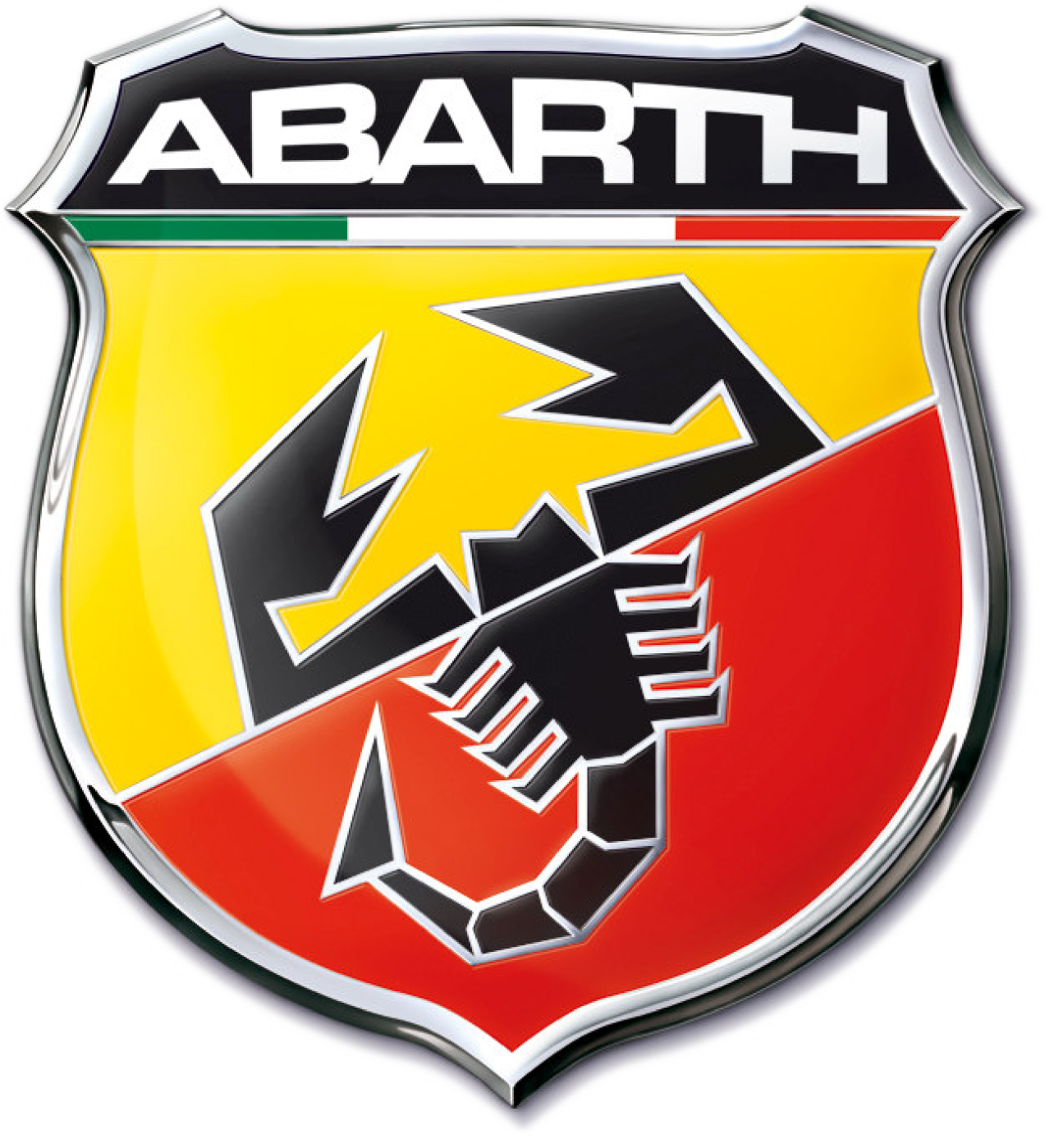 Abarth
Abarth 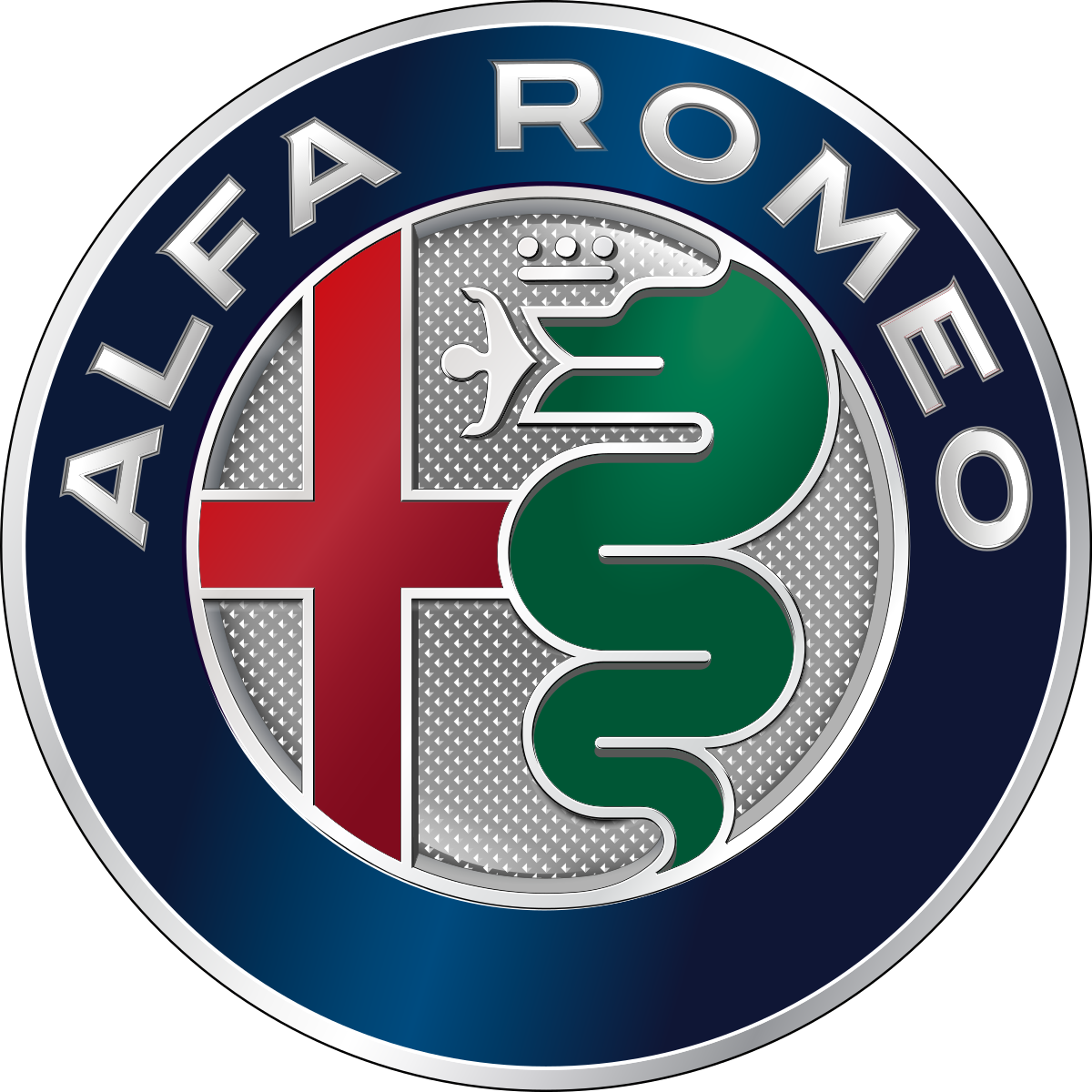 Alfa Romeo
Alfa Romeo 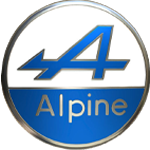 Alpine
Alpine 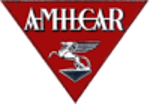 Amilcar
Amilcar  Aston Martin
Aston Martin  ATL Autotecnica del Lario
ATL Autotecnica del Lario  Audi
Audi 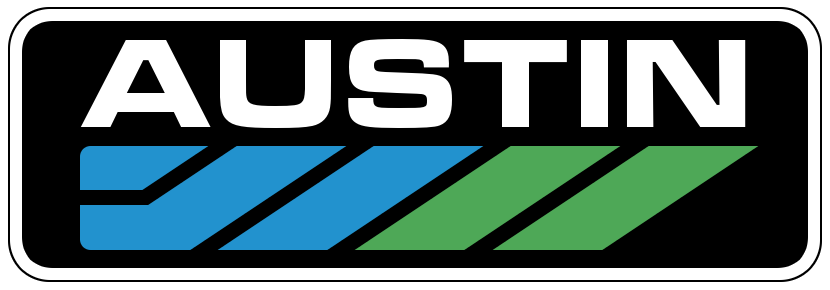 Austin
Austin 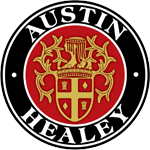 Austin-Healey
Austin-Healey .png) Bentley
Bentley 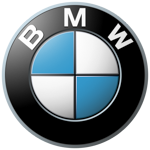 BMW
BMW 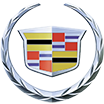 Cadillac
Cadillac 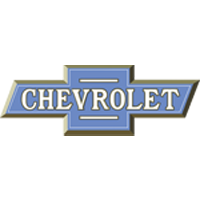 Chevrolet
Chevrolet  Citroën
Citroën  Daimler
Daimler  DKW
DKW 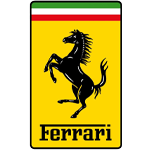 Ferrari
Ferrari  Fiat
Fiat  Ford
Ford .svg.png) Honda
Honda  Innocenti
Innocenti .png) Jaguar
Jaguar 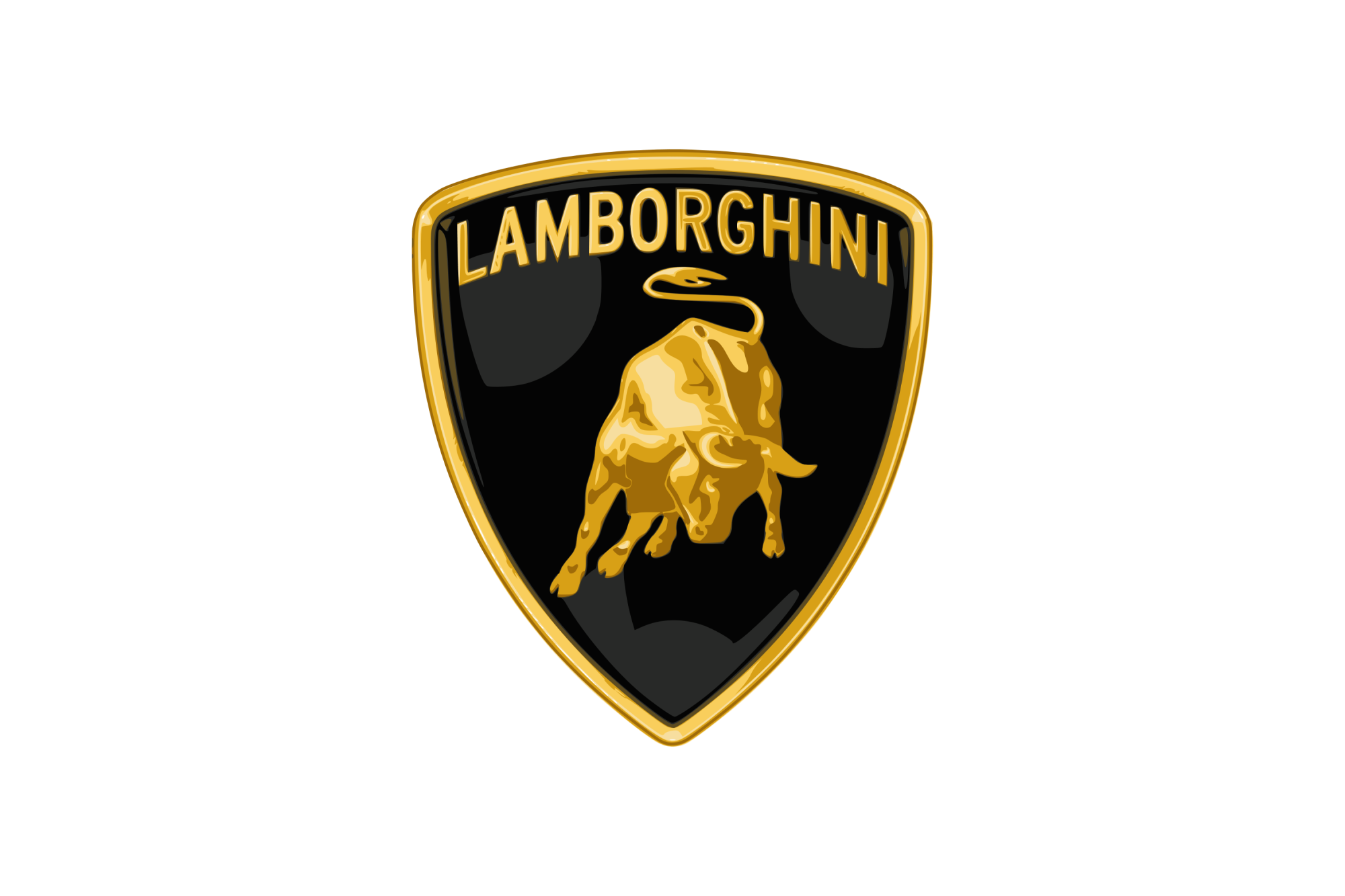 Lamborghini
Lamborghini .png) Lancia
Lancia  Land Rover
Land Rover 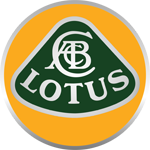 Lotus
Lotus  Maserati
Maserati  Matra Sports
Matra Sports  Mazda
Mazda 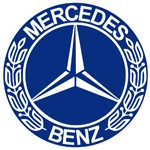 Mercedes-Benz
Mercedes-Benz  MG
MG .png) Morgan
Morgan  Nash Healey
Nash Healey  NSU
NSU 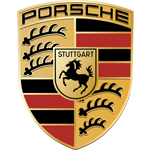 Porsche
Porsche  Renault
Renault 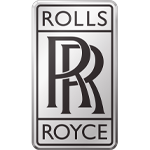 Rolls-Royce
Rolls-Royce 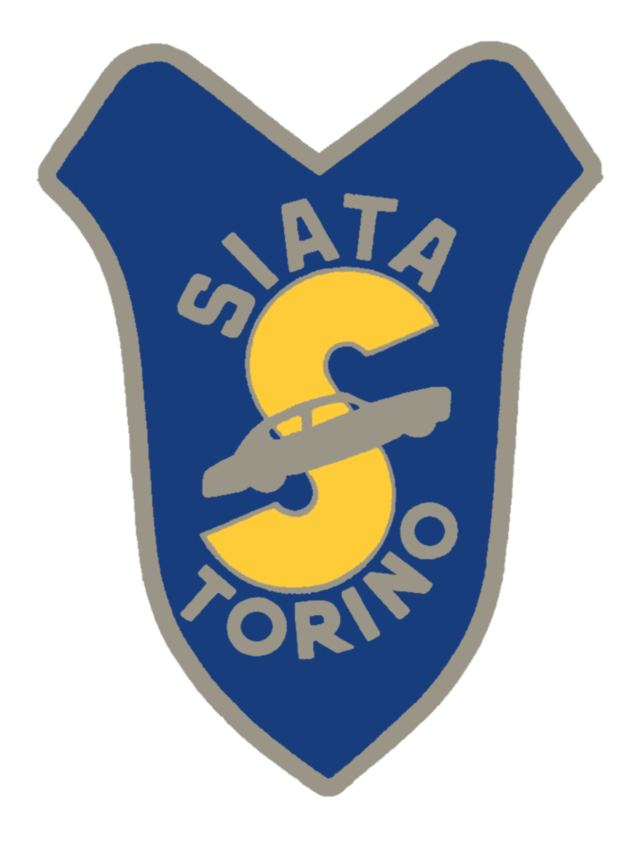 Siata
Siata 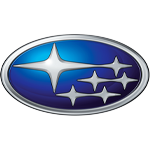 Subaru
Subaru  Toyota
Toyota 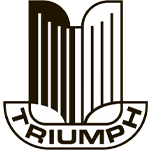 Triumph
Triumph  Volkswagen
Volkswagen 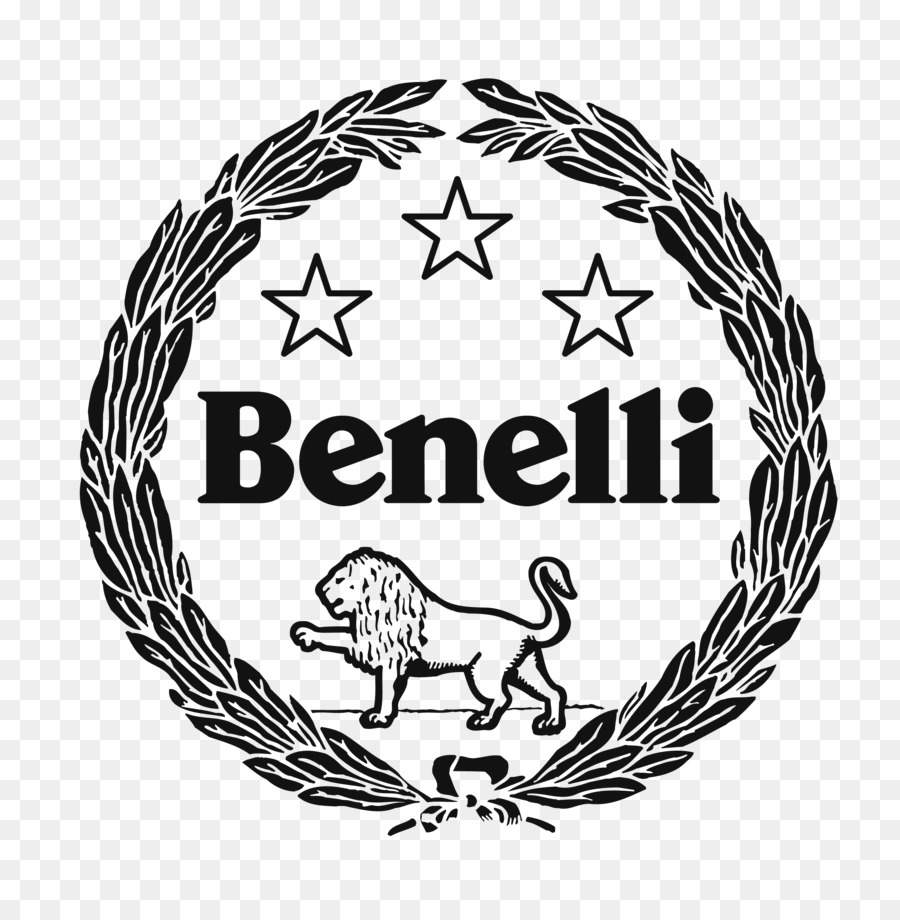 Benelli
Benelli .svg.png) Honda
Honda  Kawasaki
Kawasaki 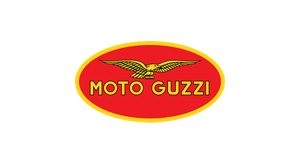 Moto Guzzi
Moto Guzzi .png) NSU
NSU 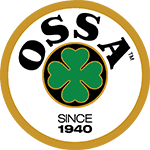 Ossa
Ossa  Polaris
Polaris 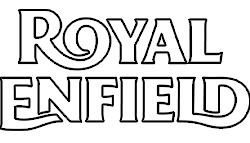 Royal Enfield
Royal Enfield  Suzuki
Suzuki 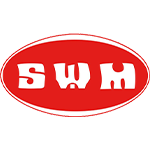 SWM
SWM 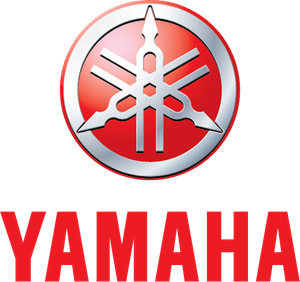 Yamaha
Yamaha 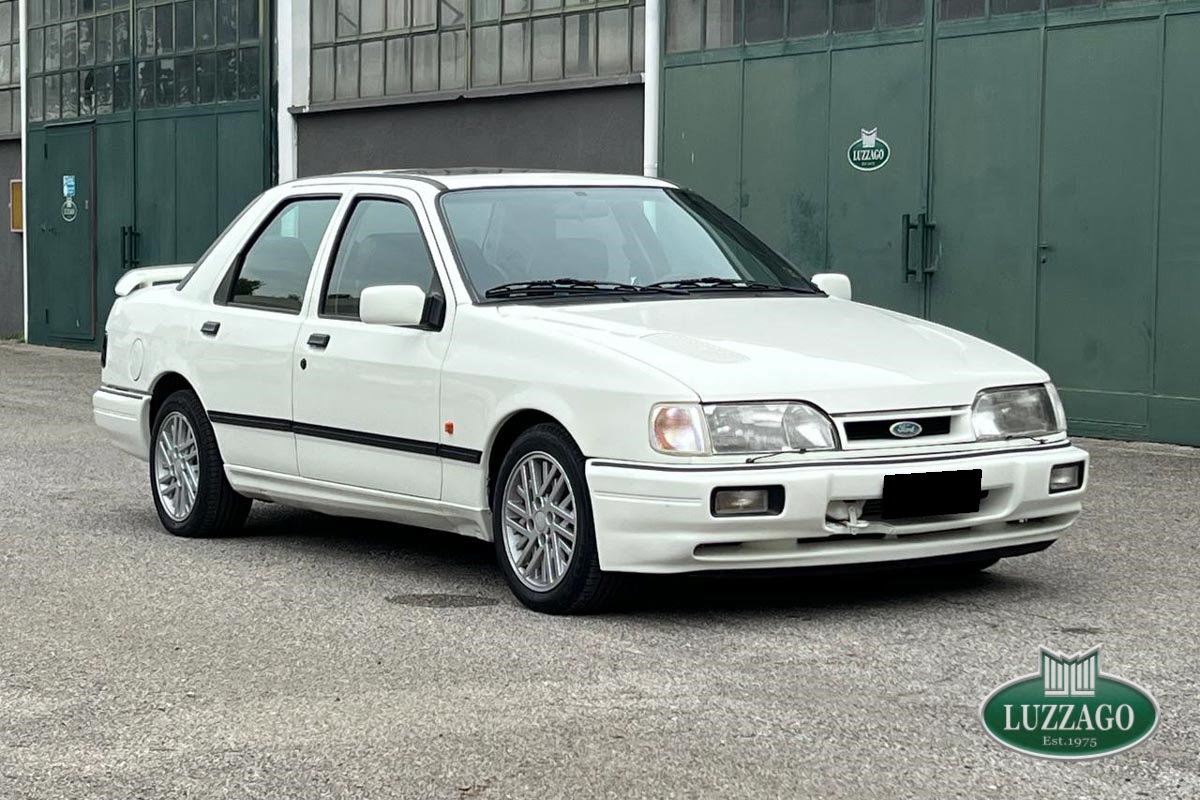

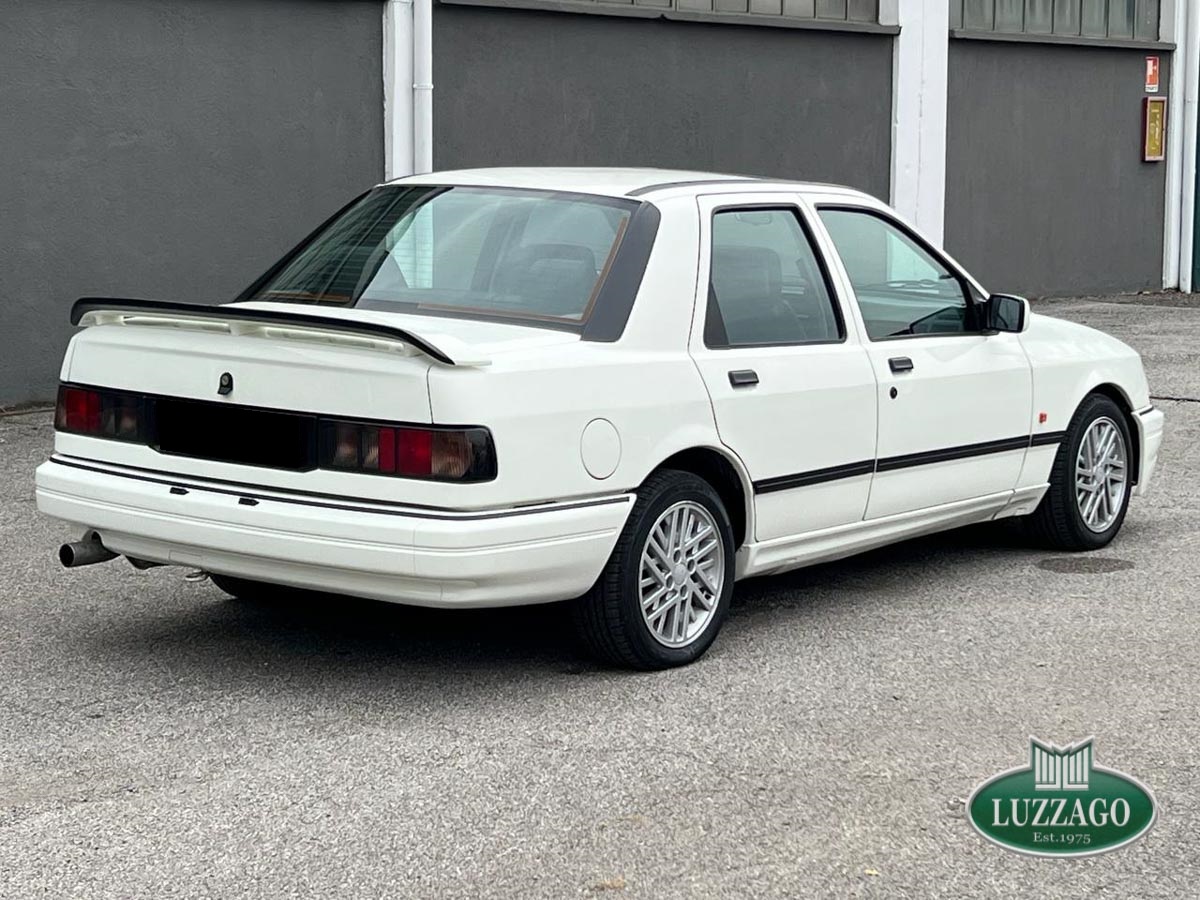
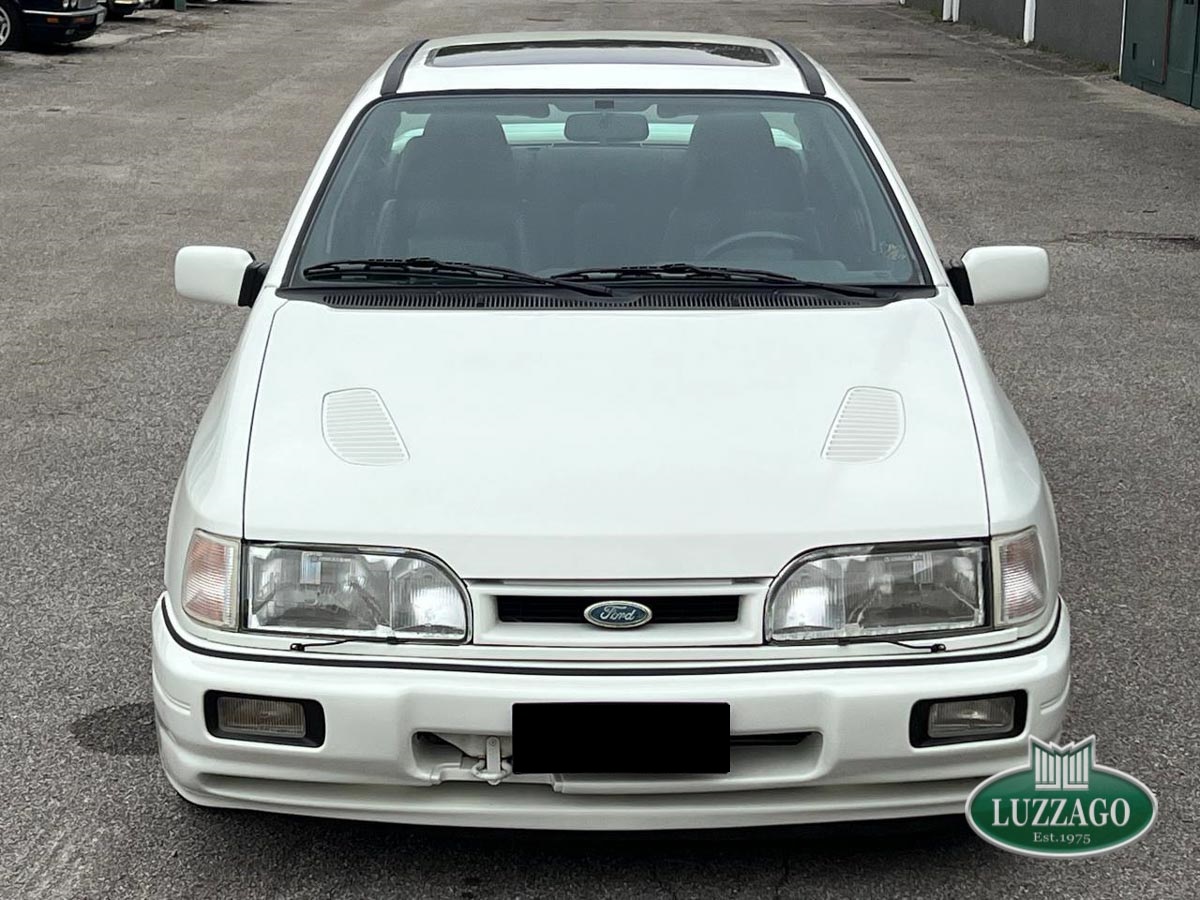
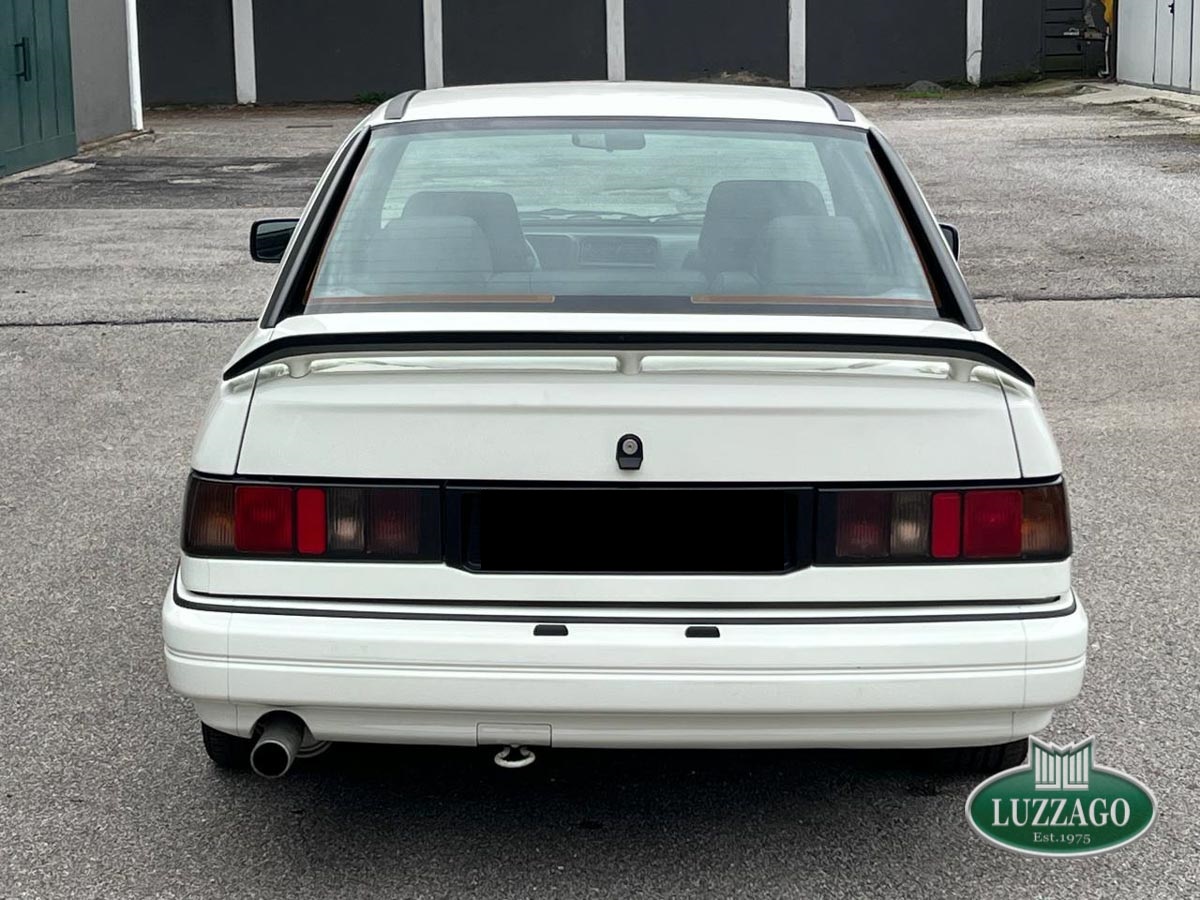
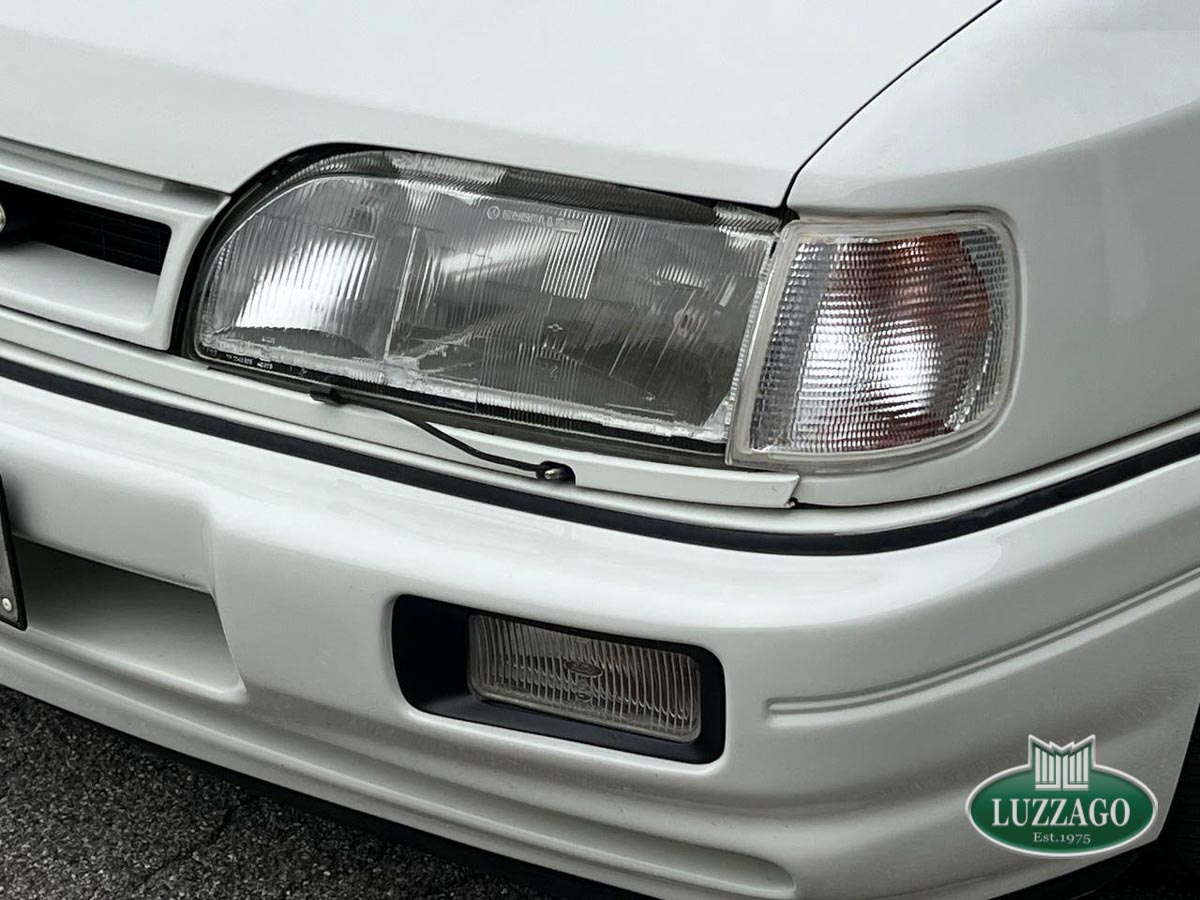
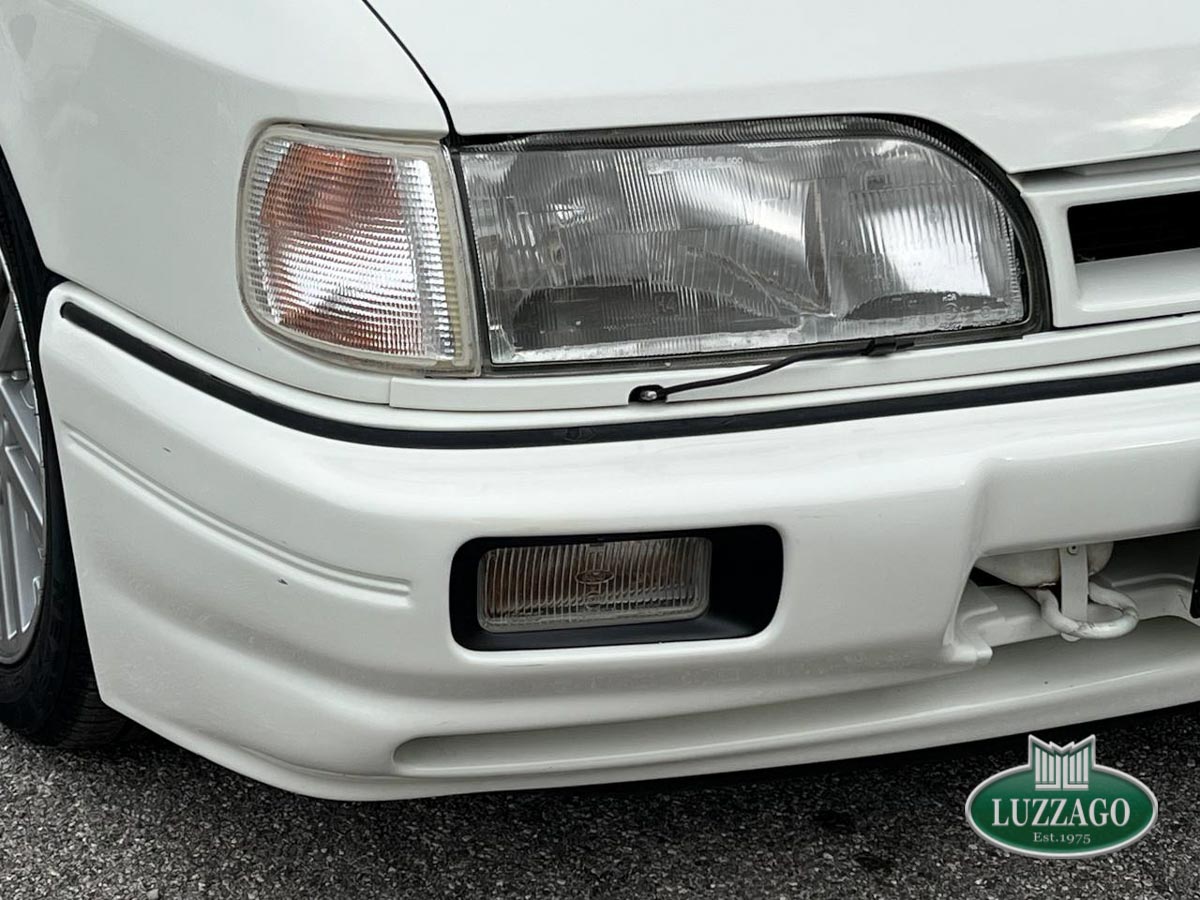
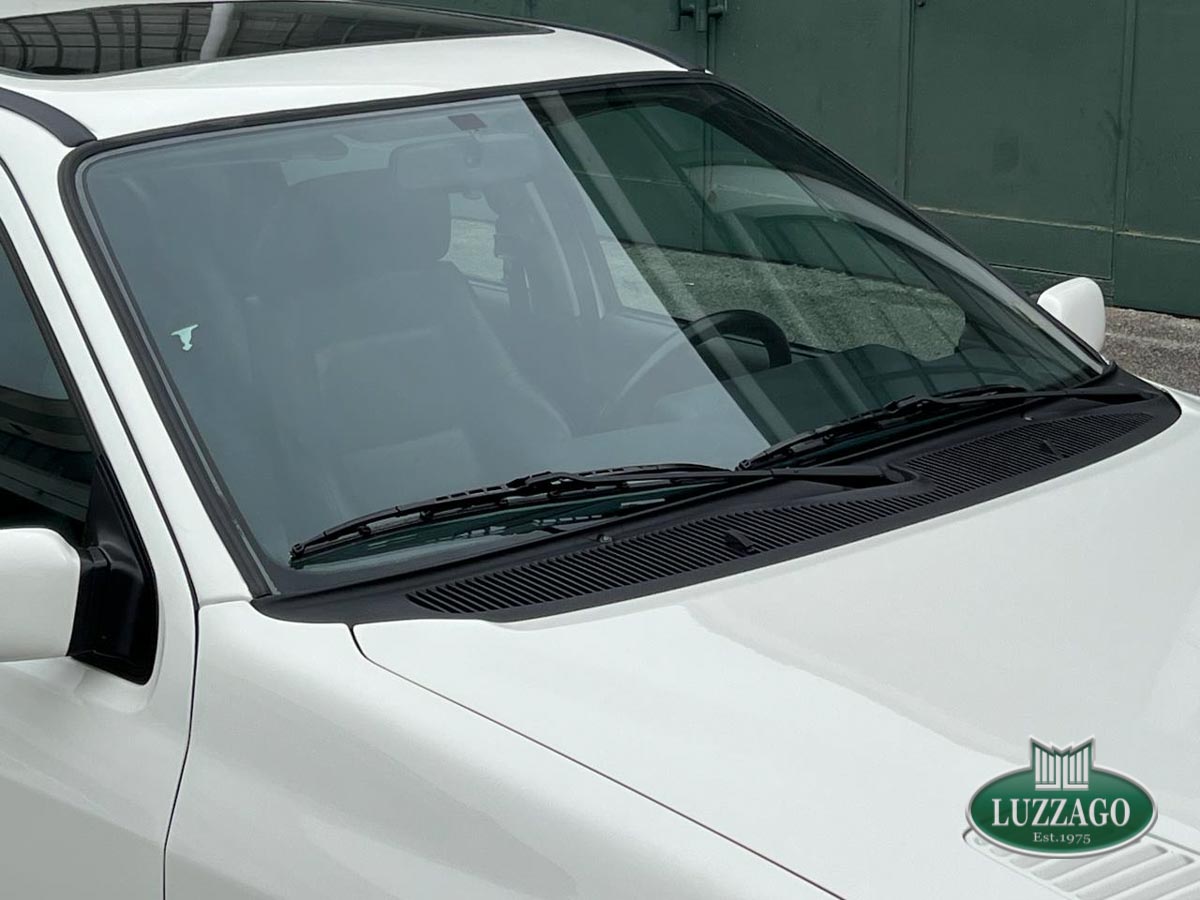
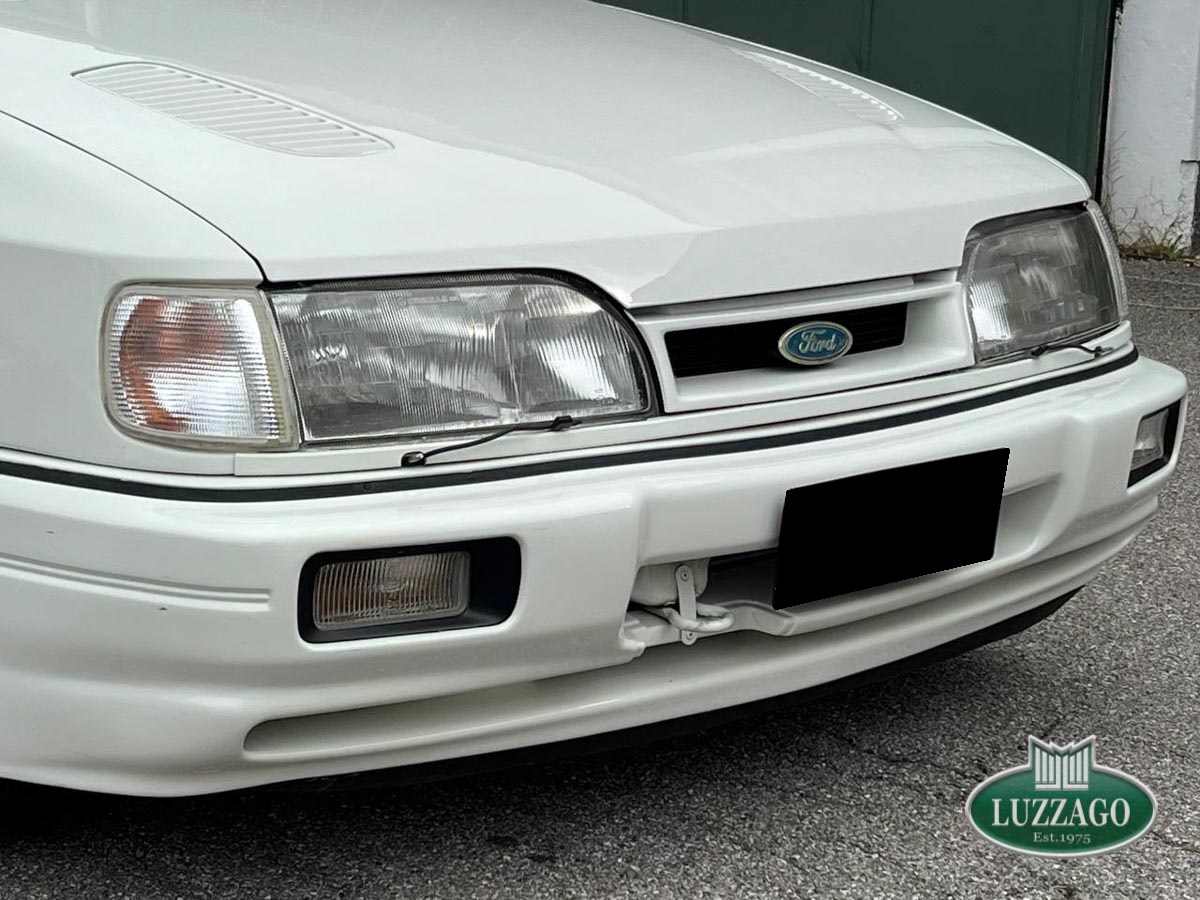
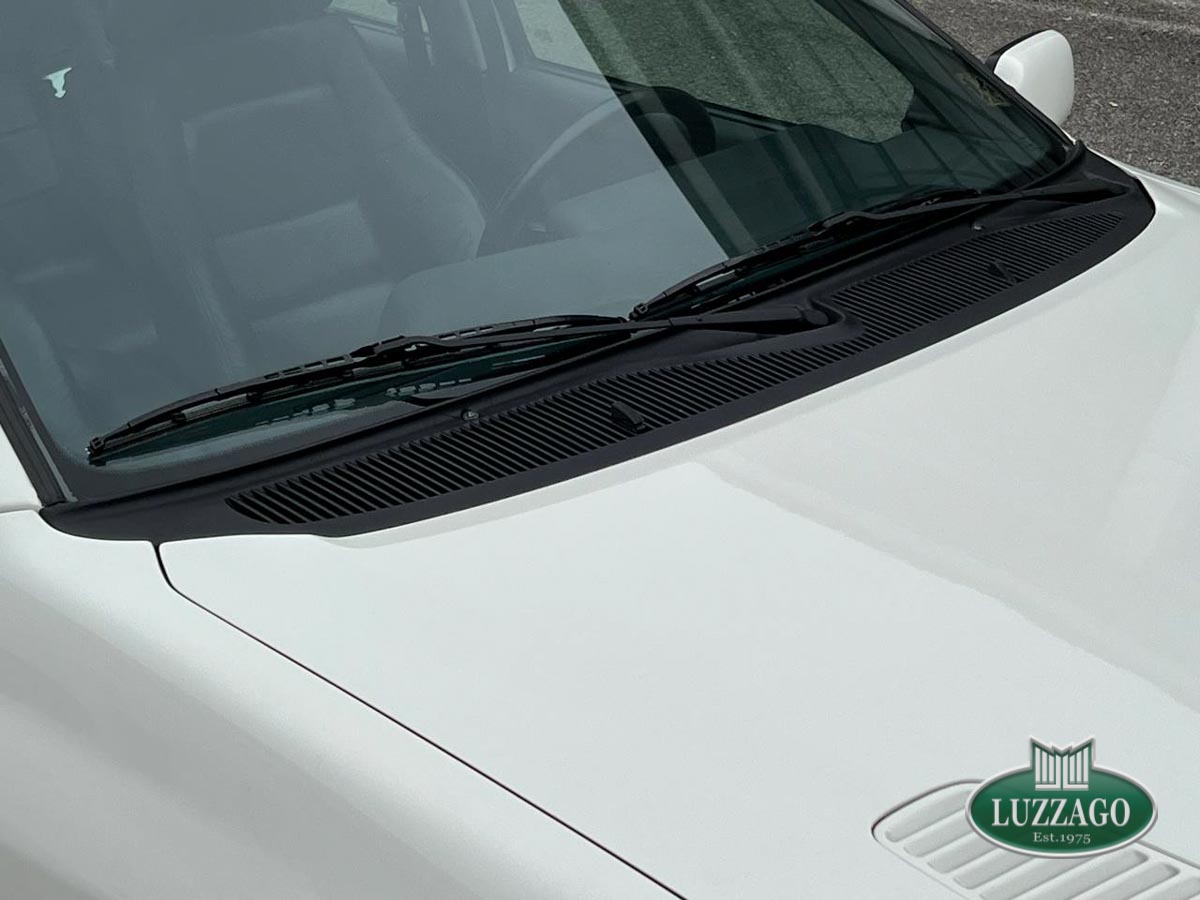
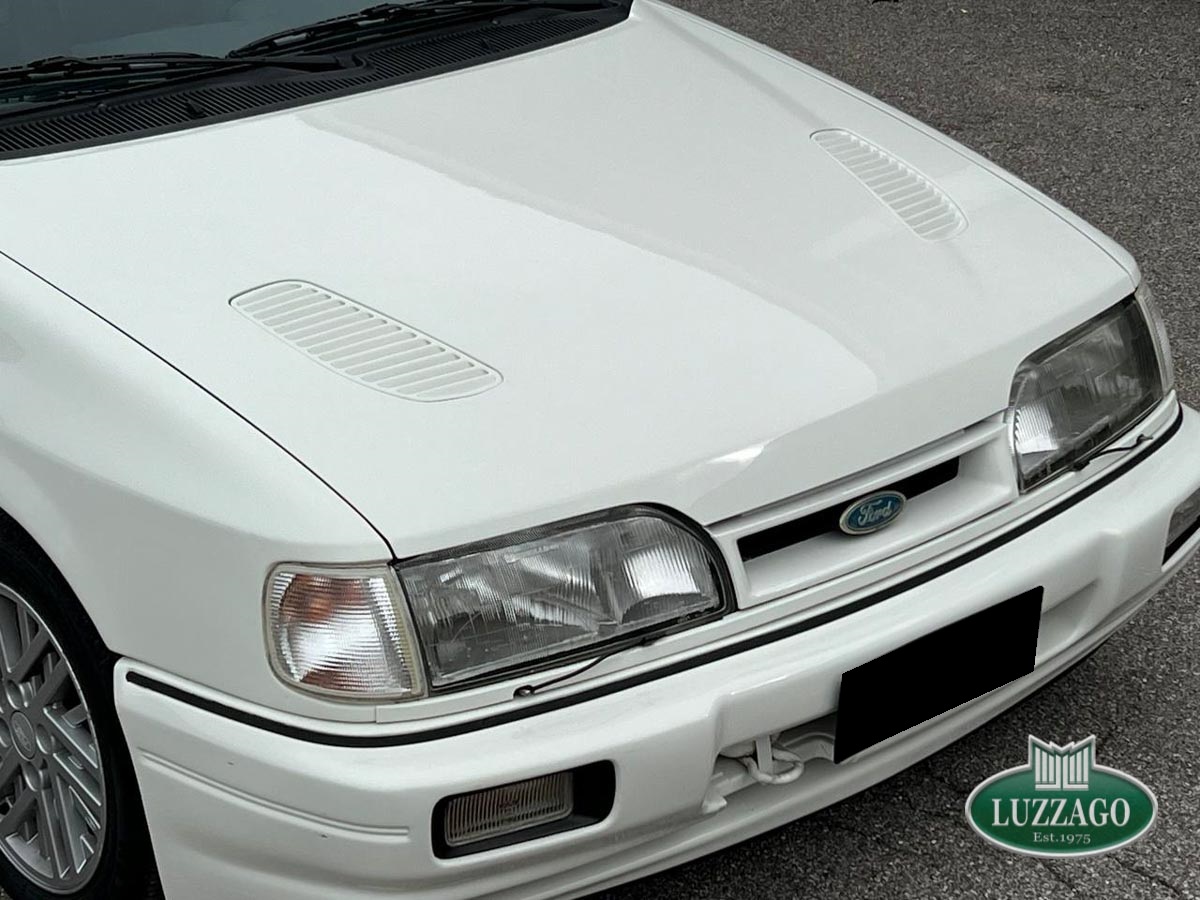
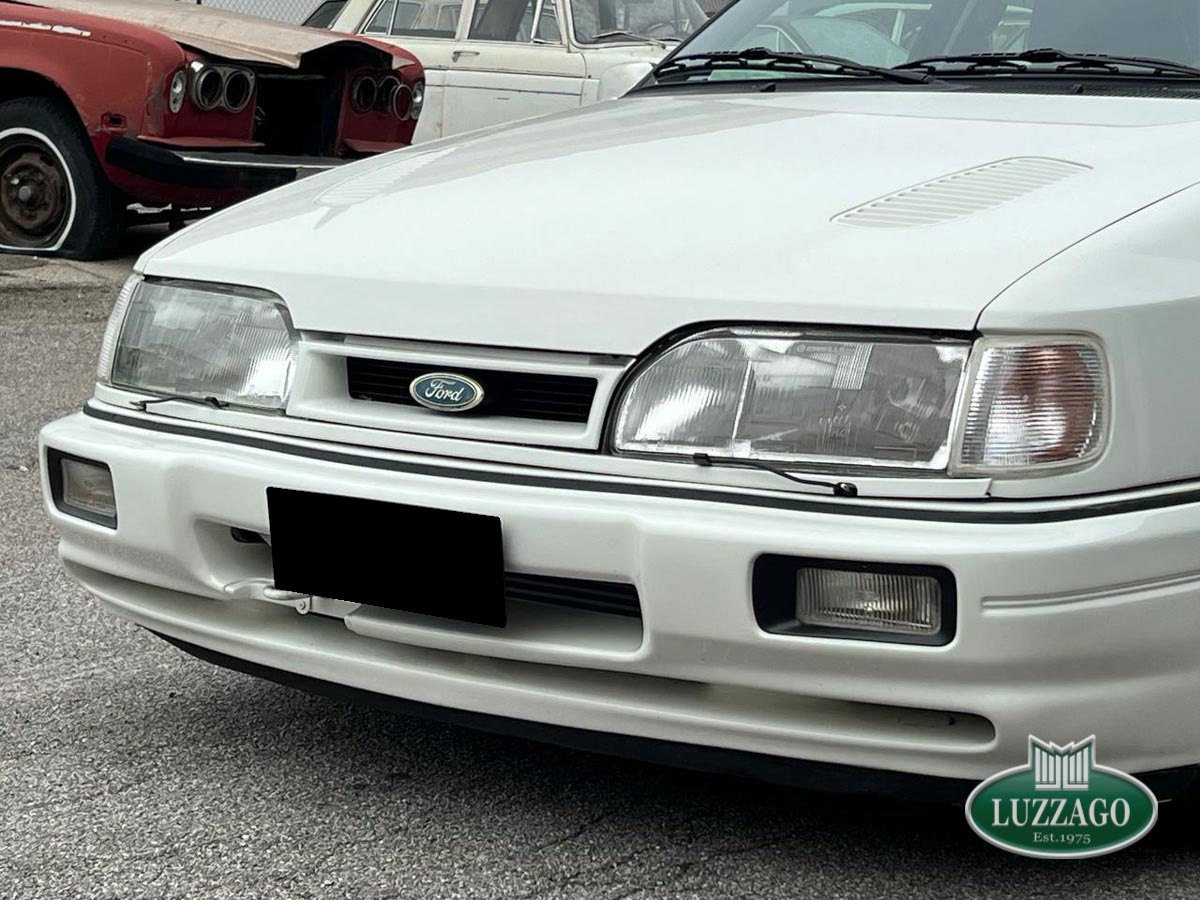
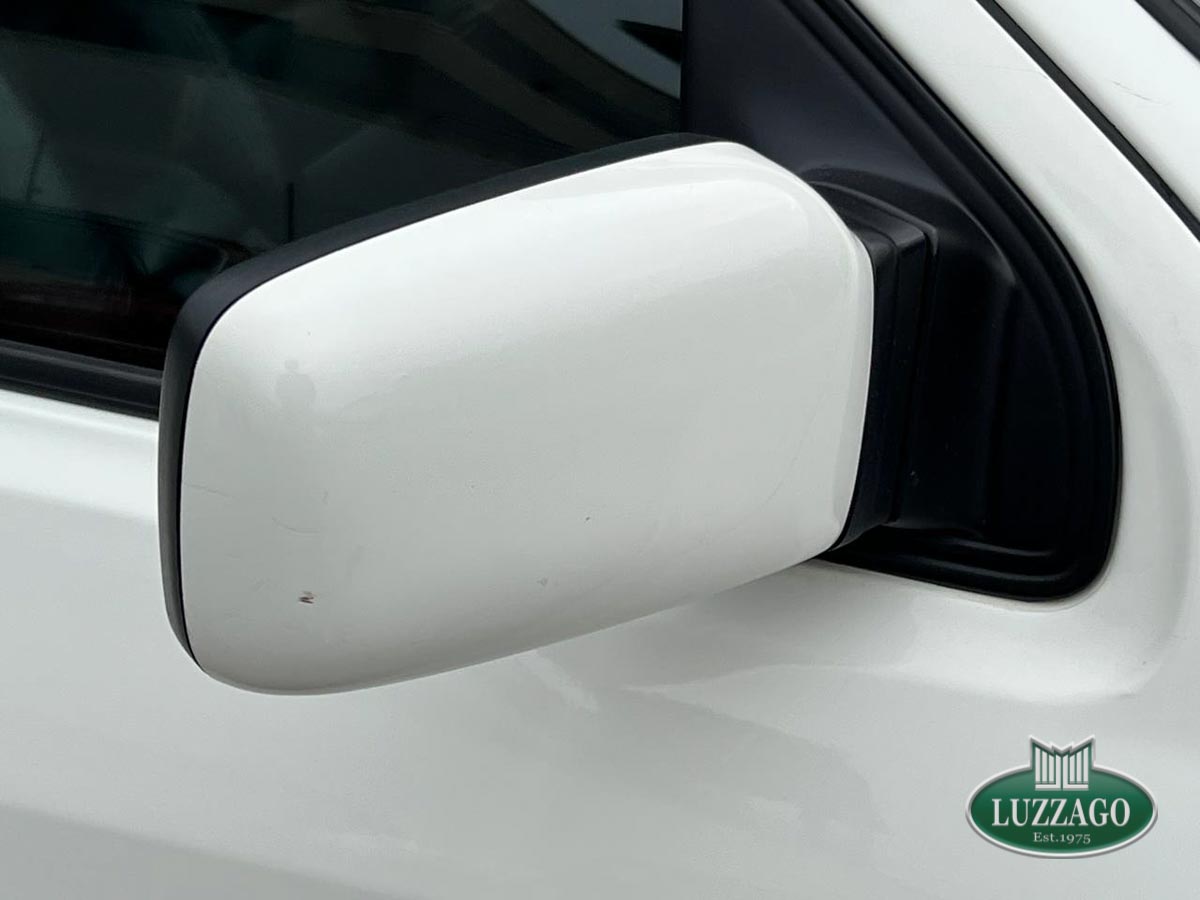

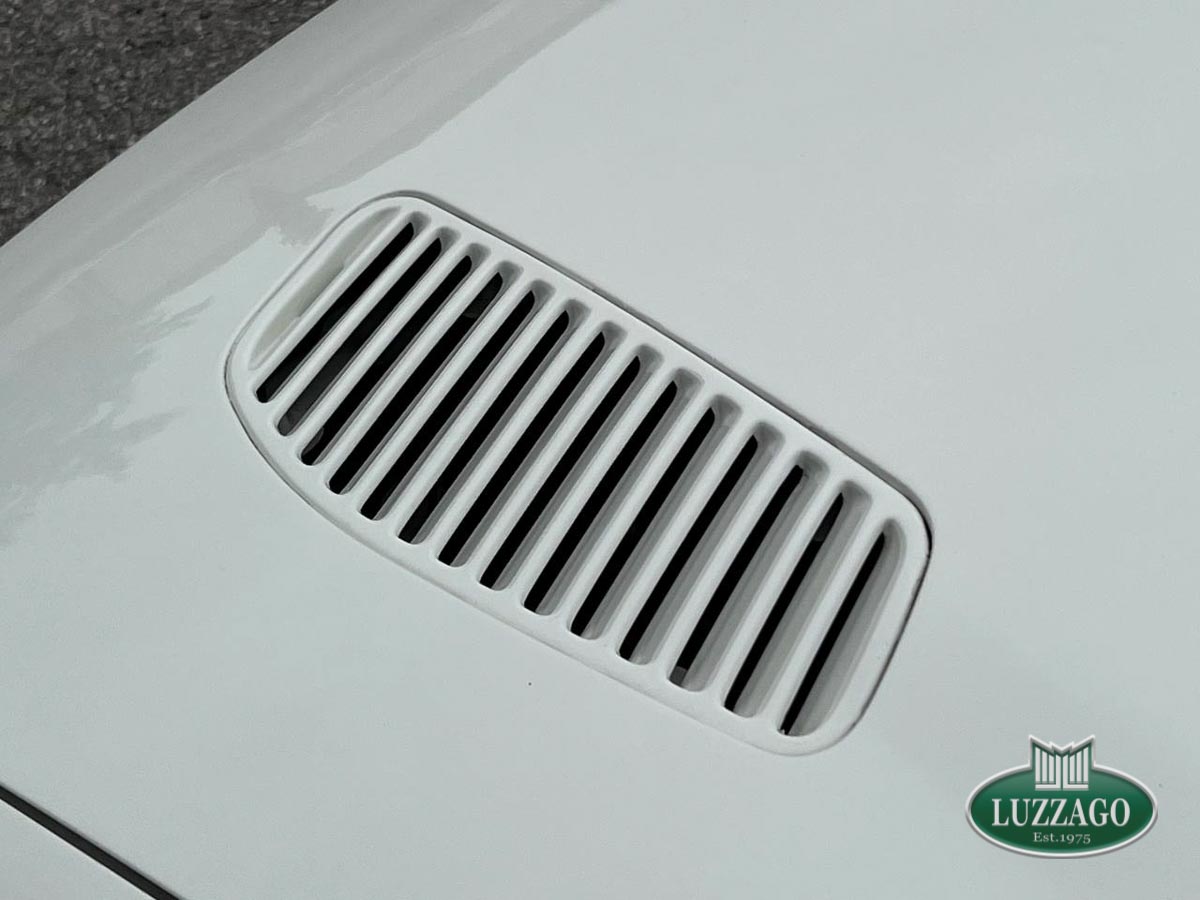
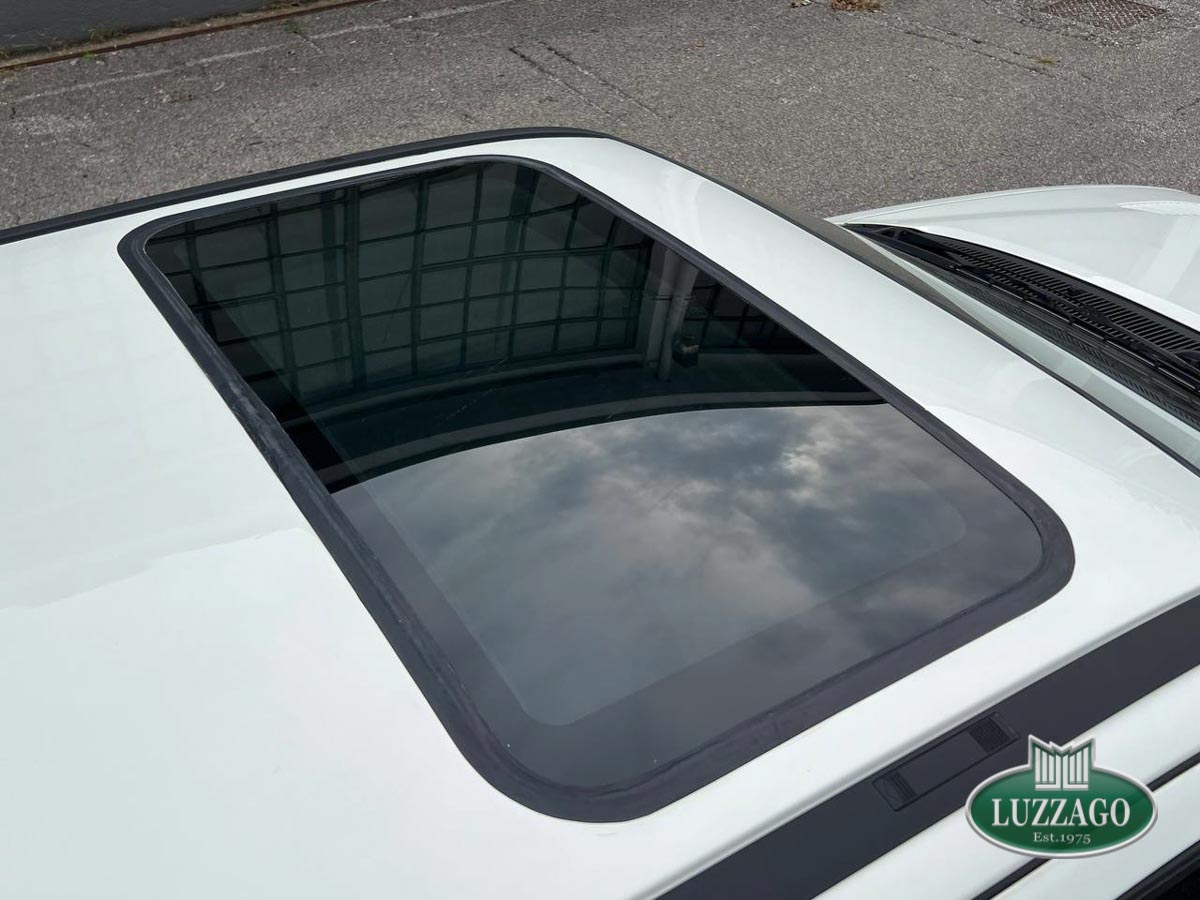

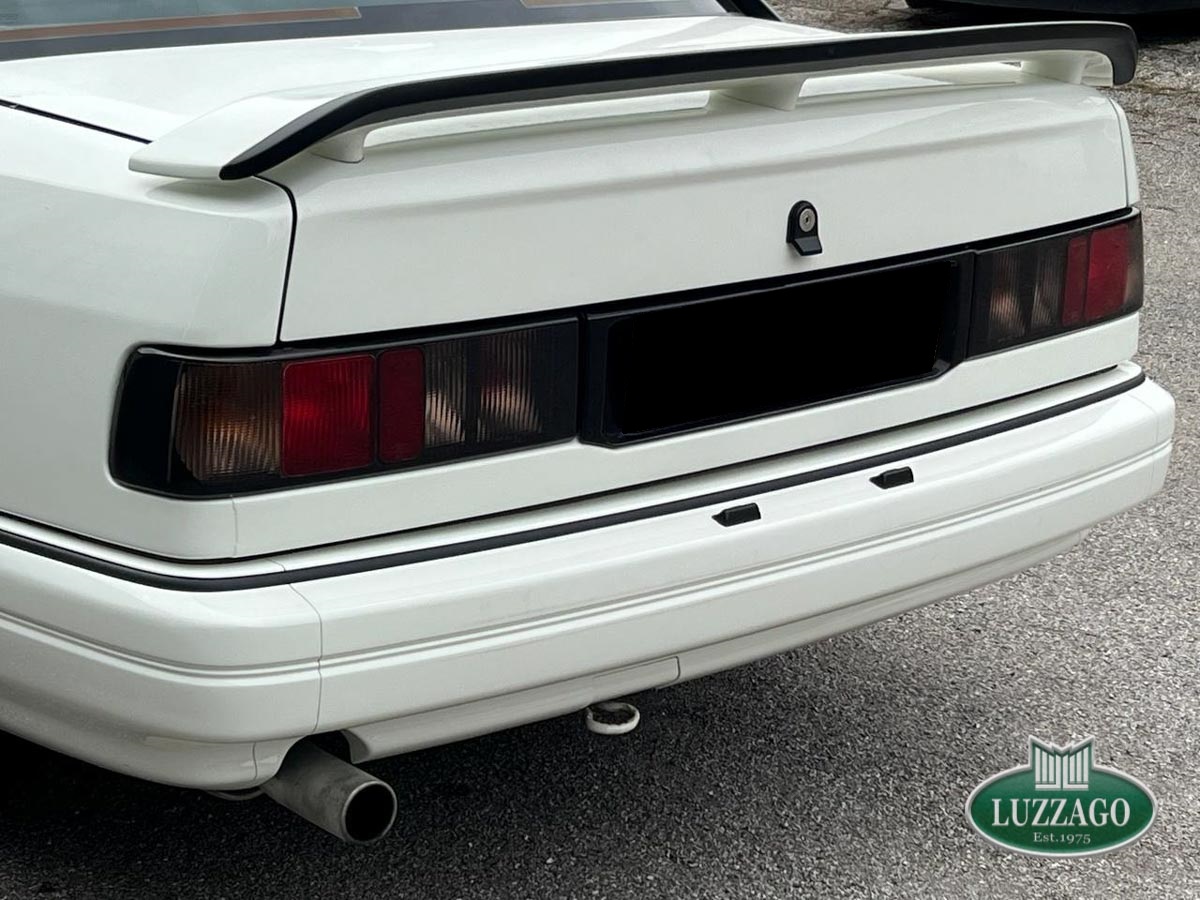
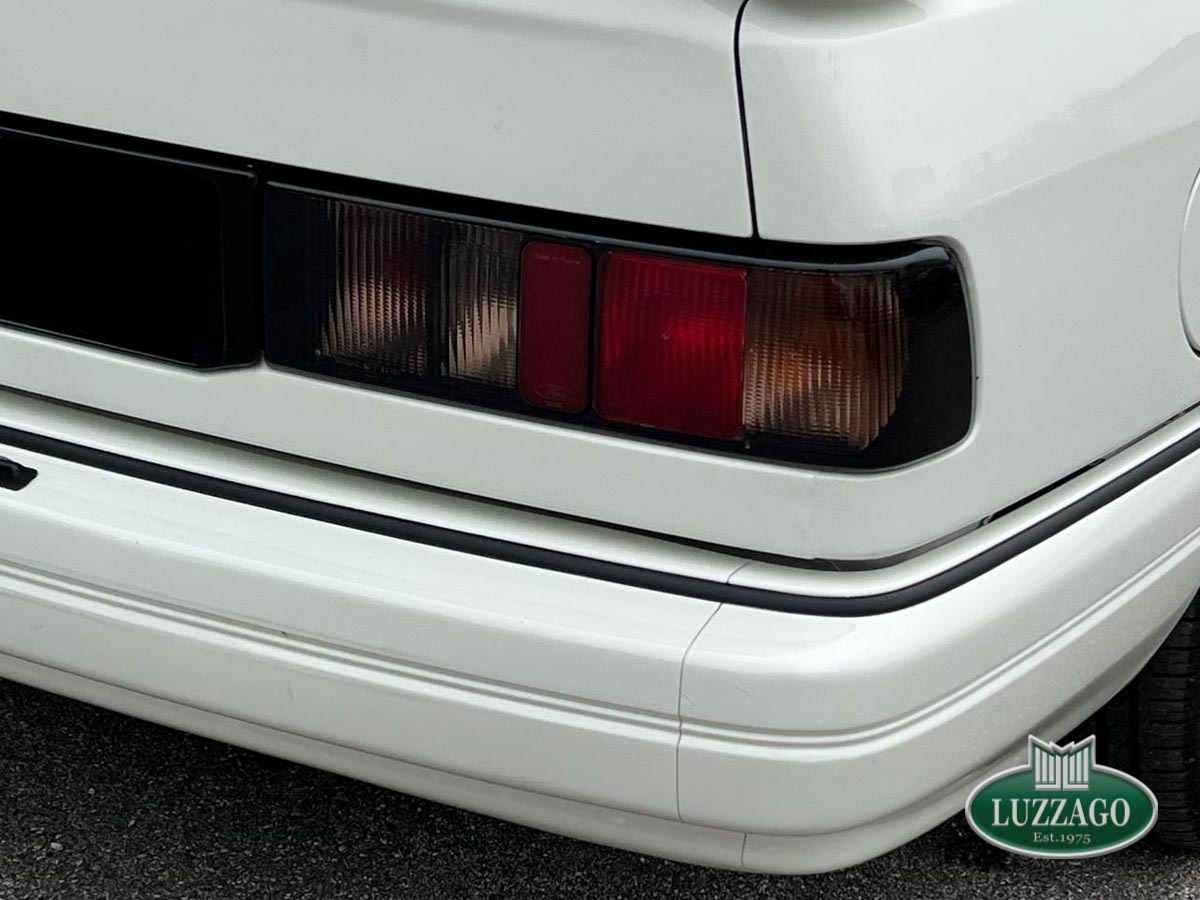
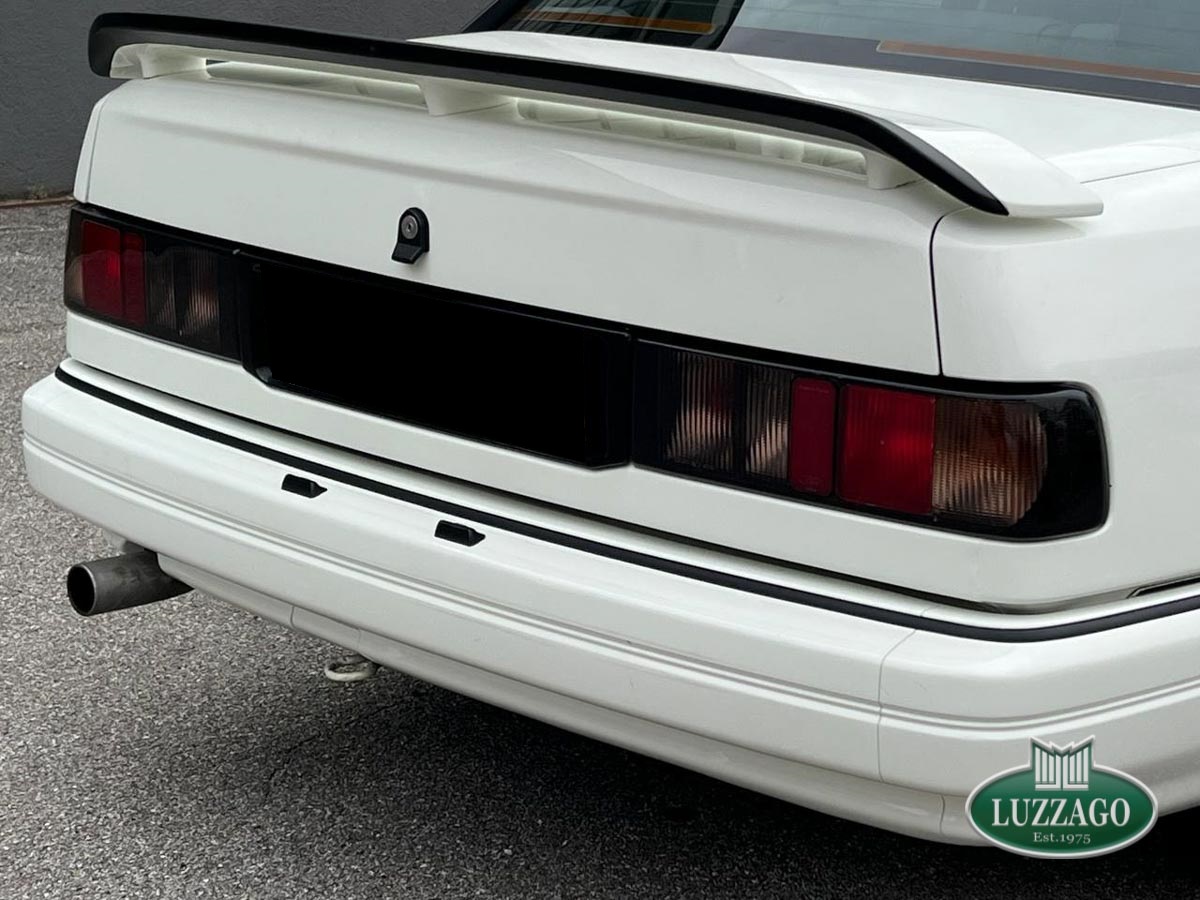
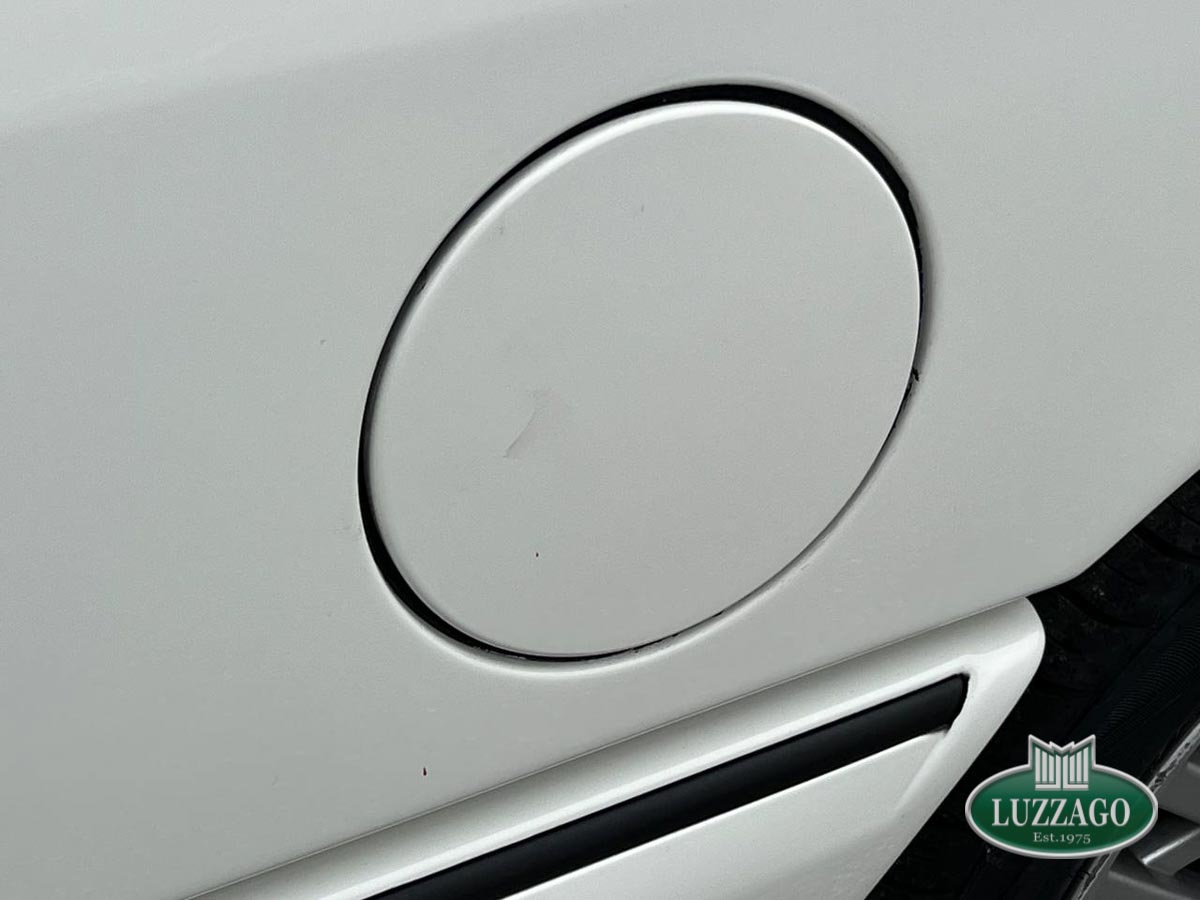
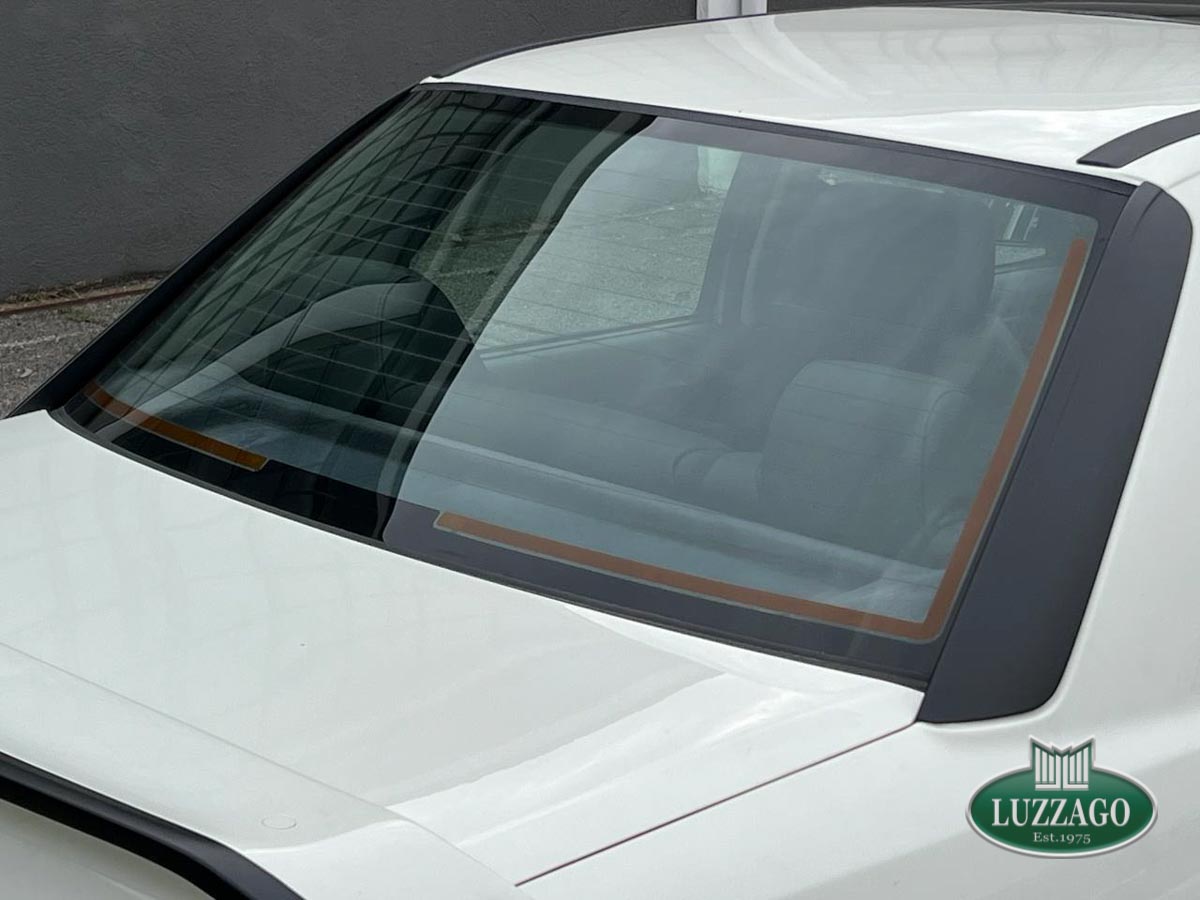
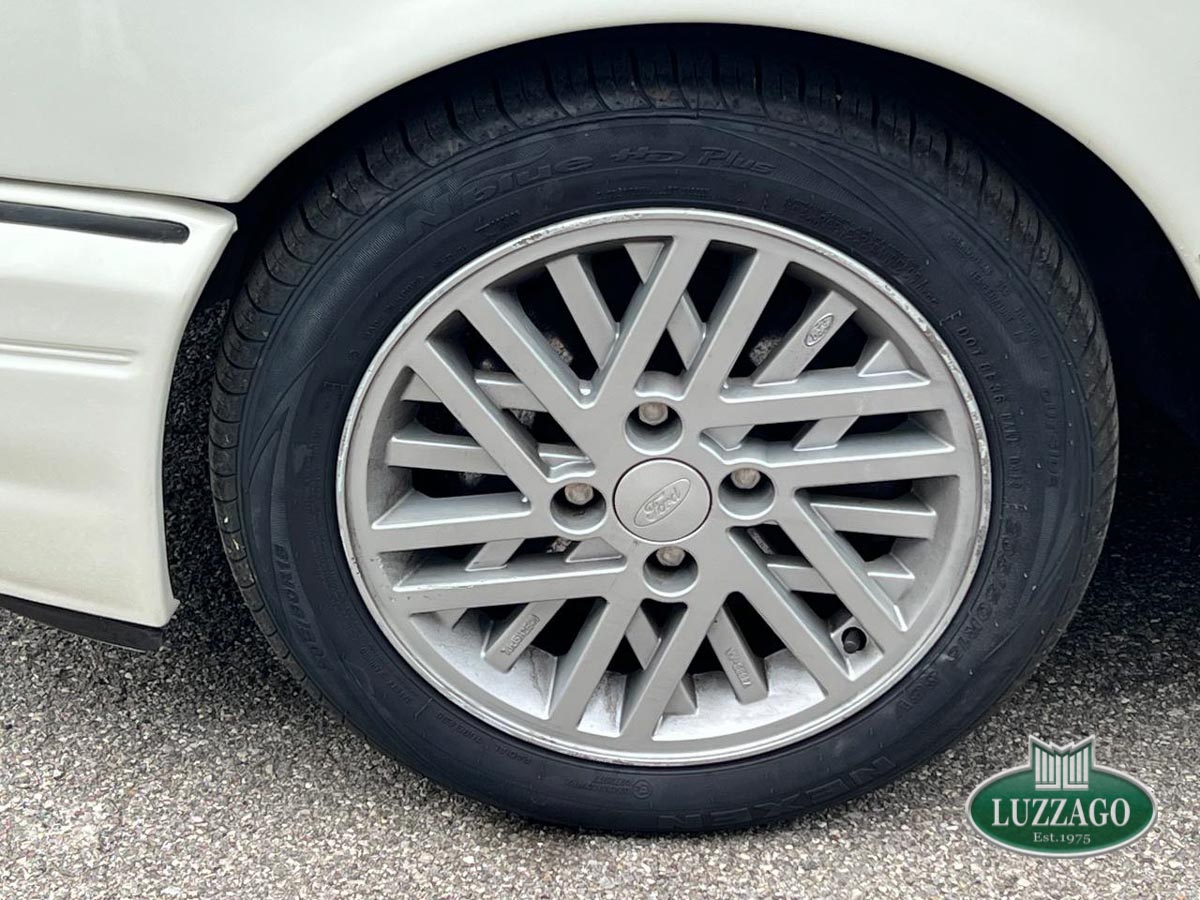
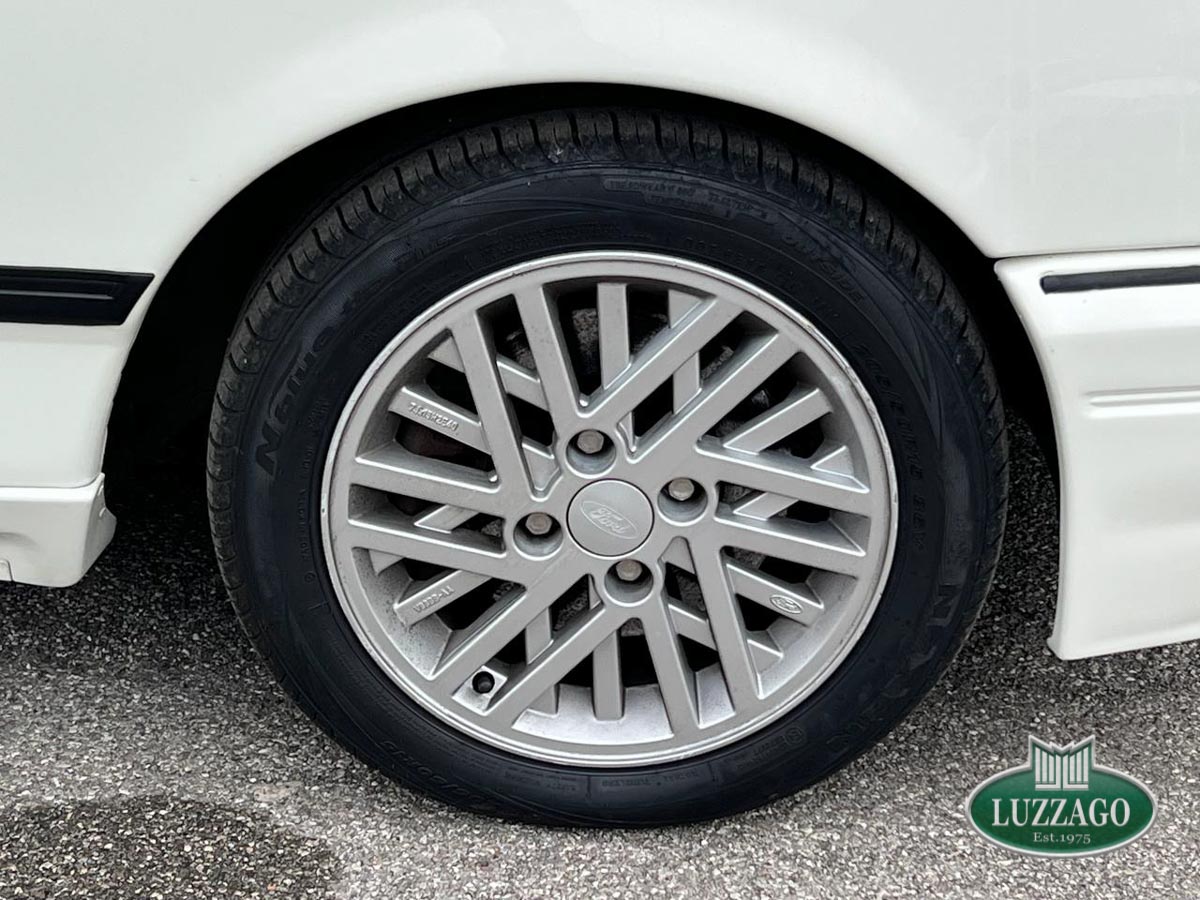

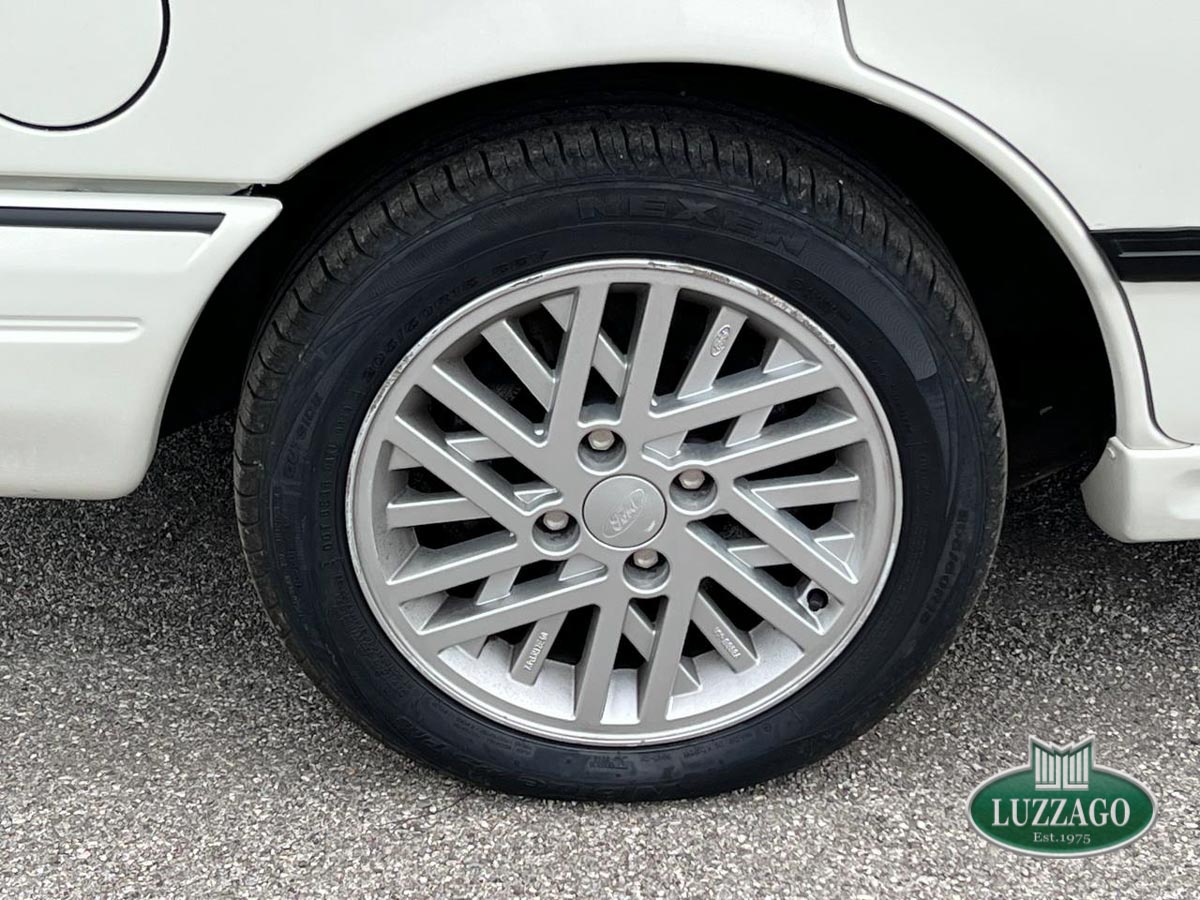
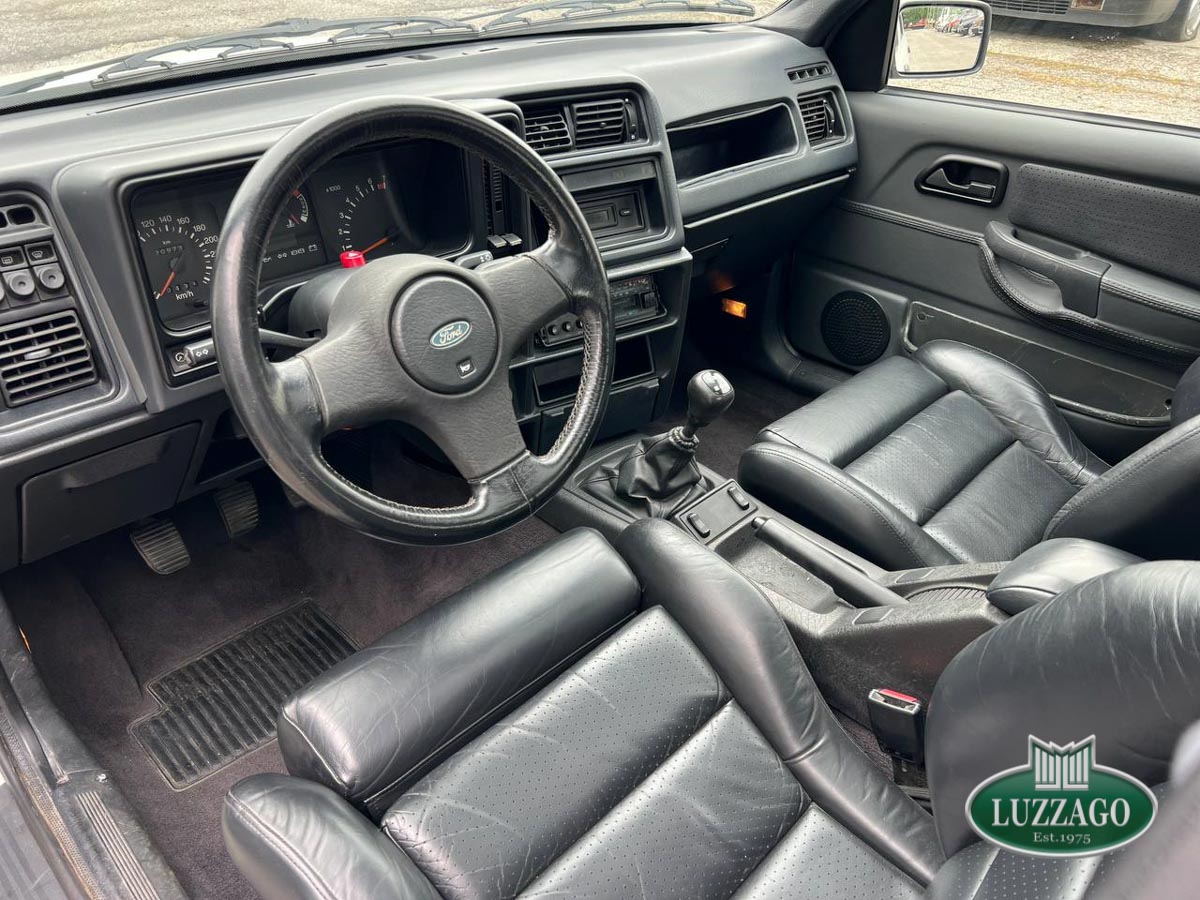
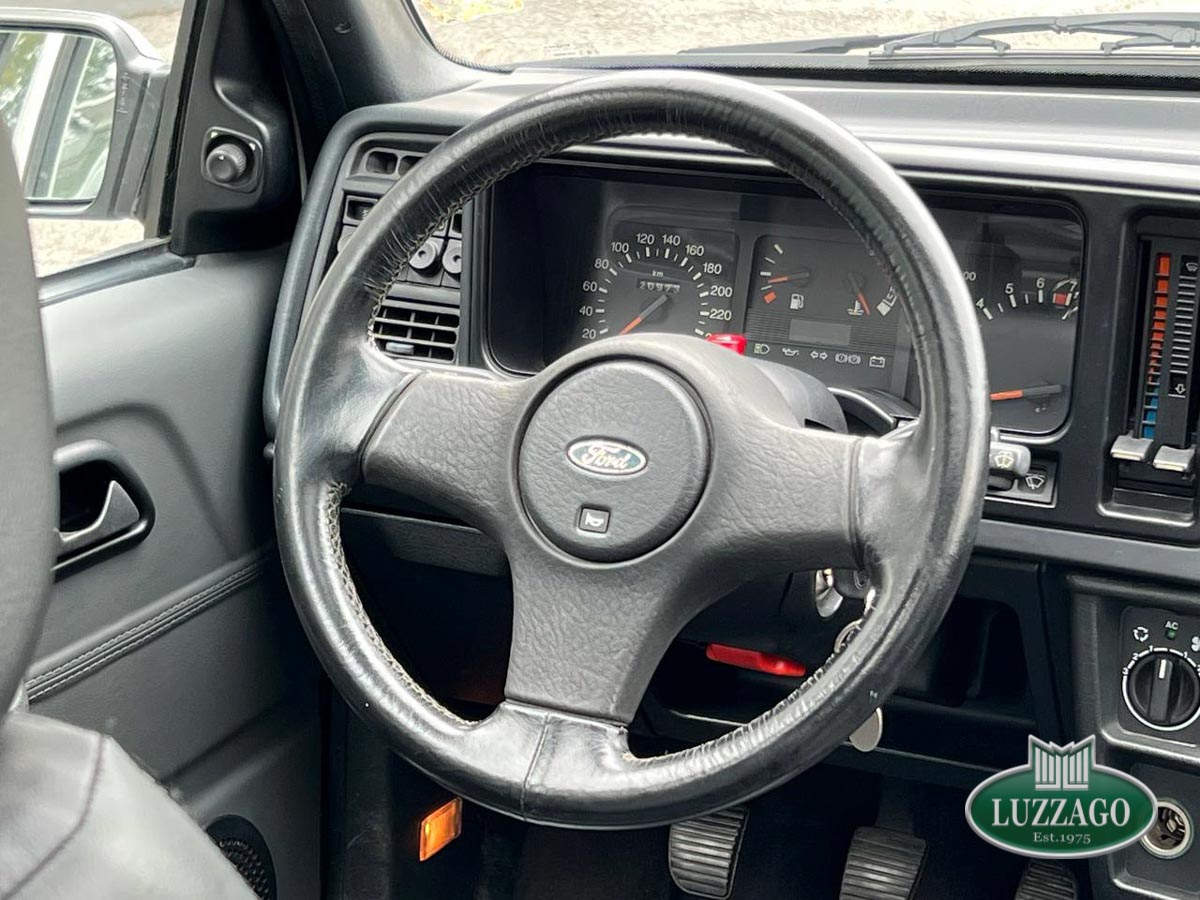
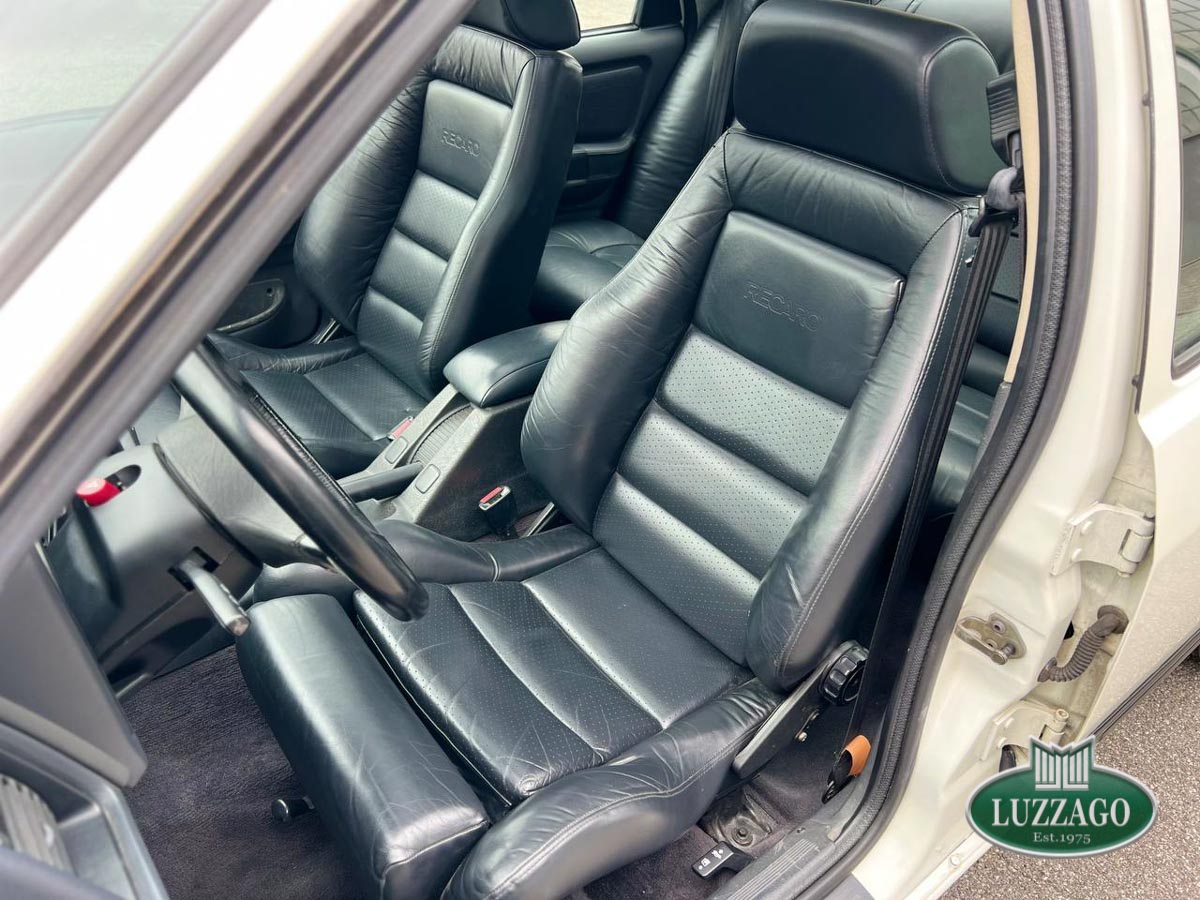

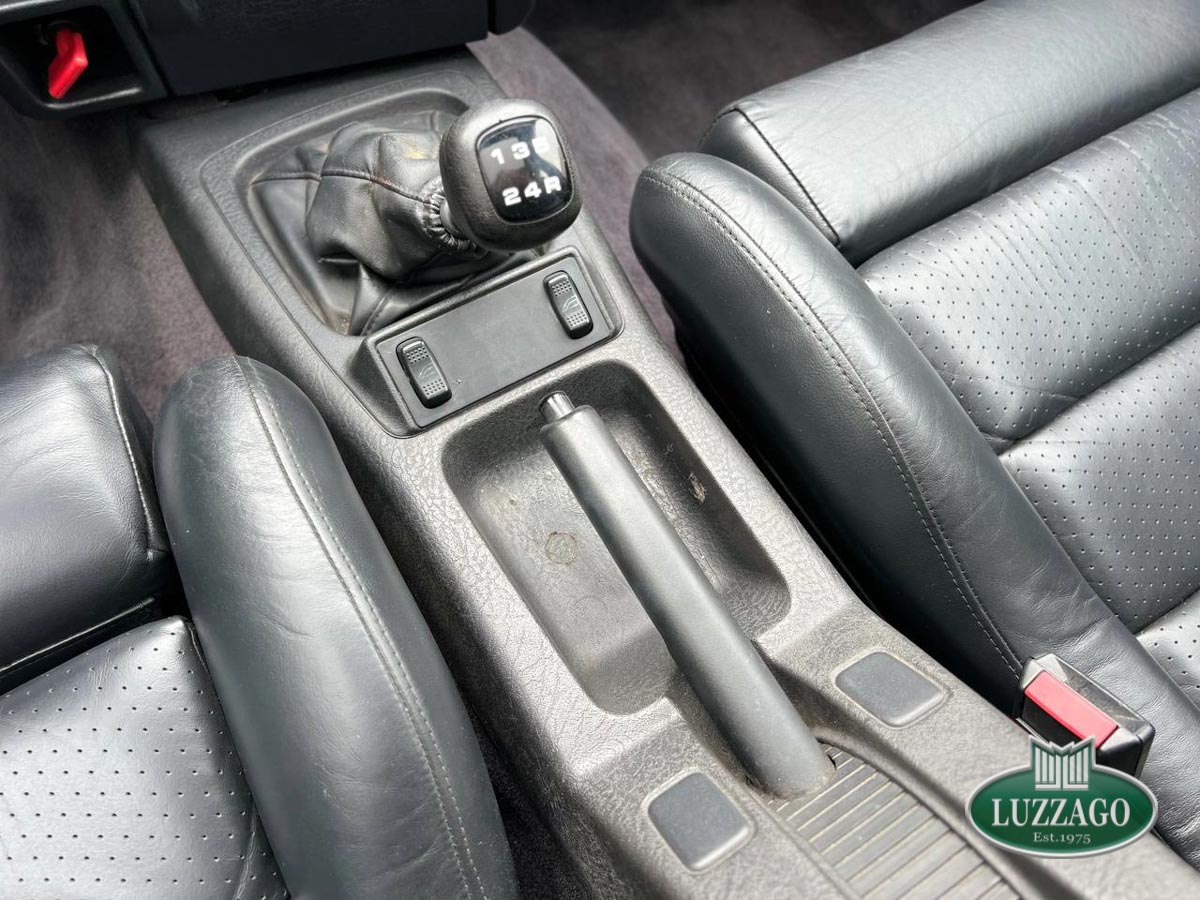
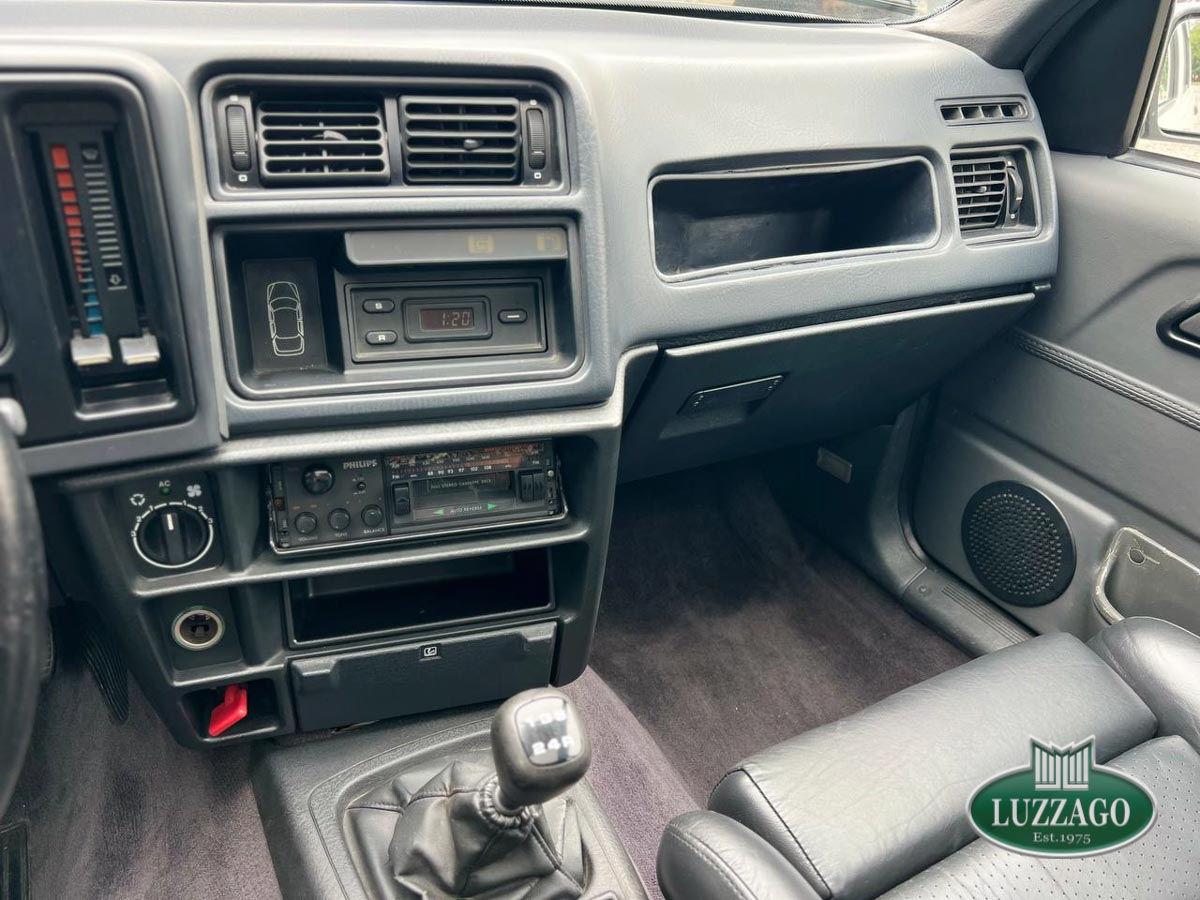
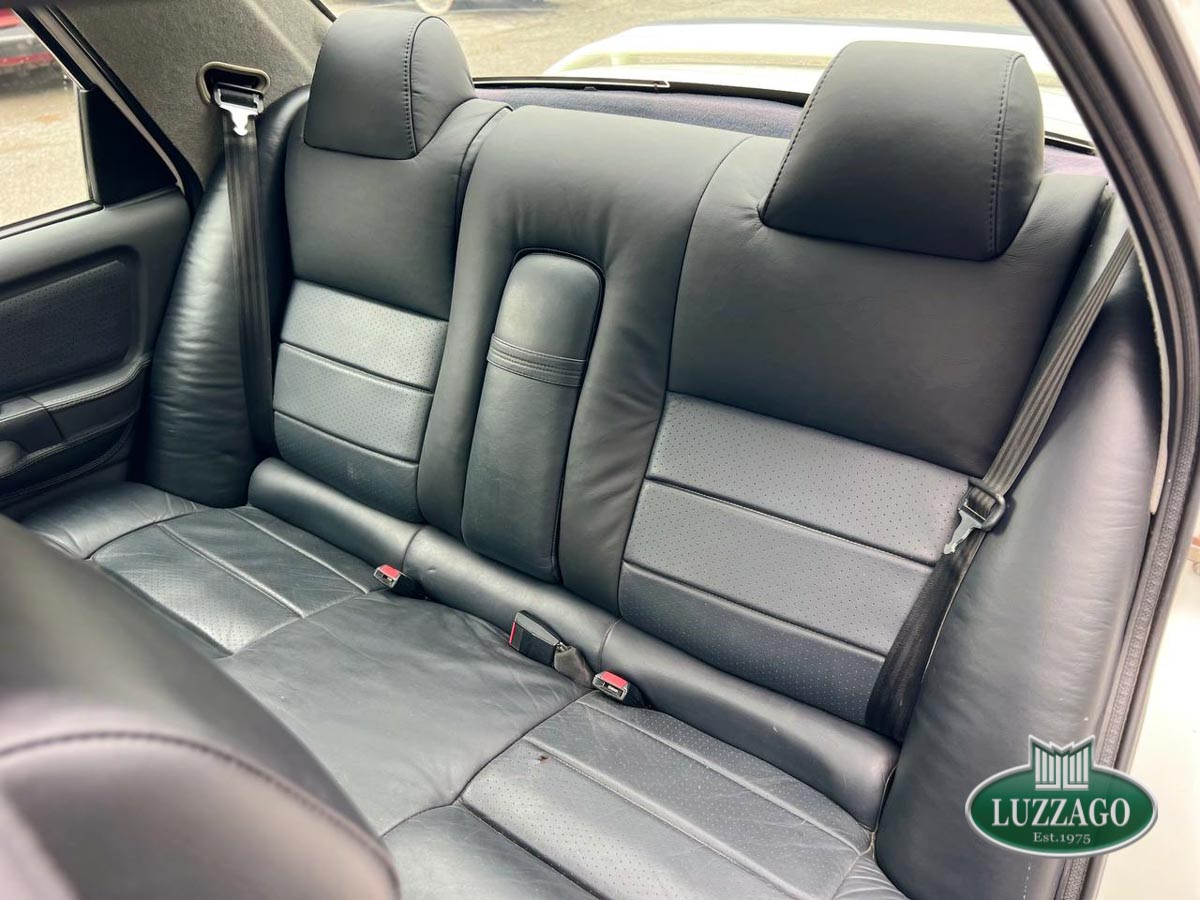
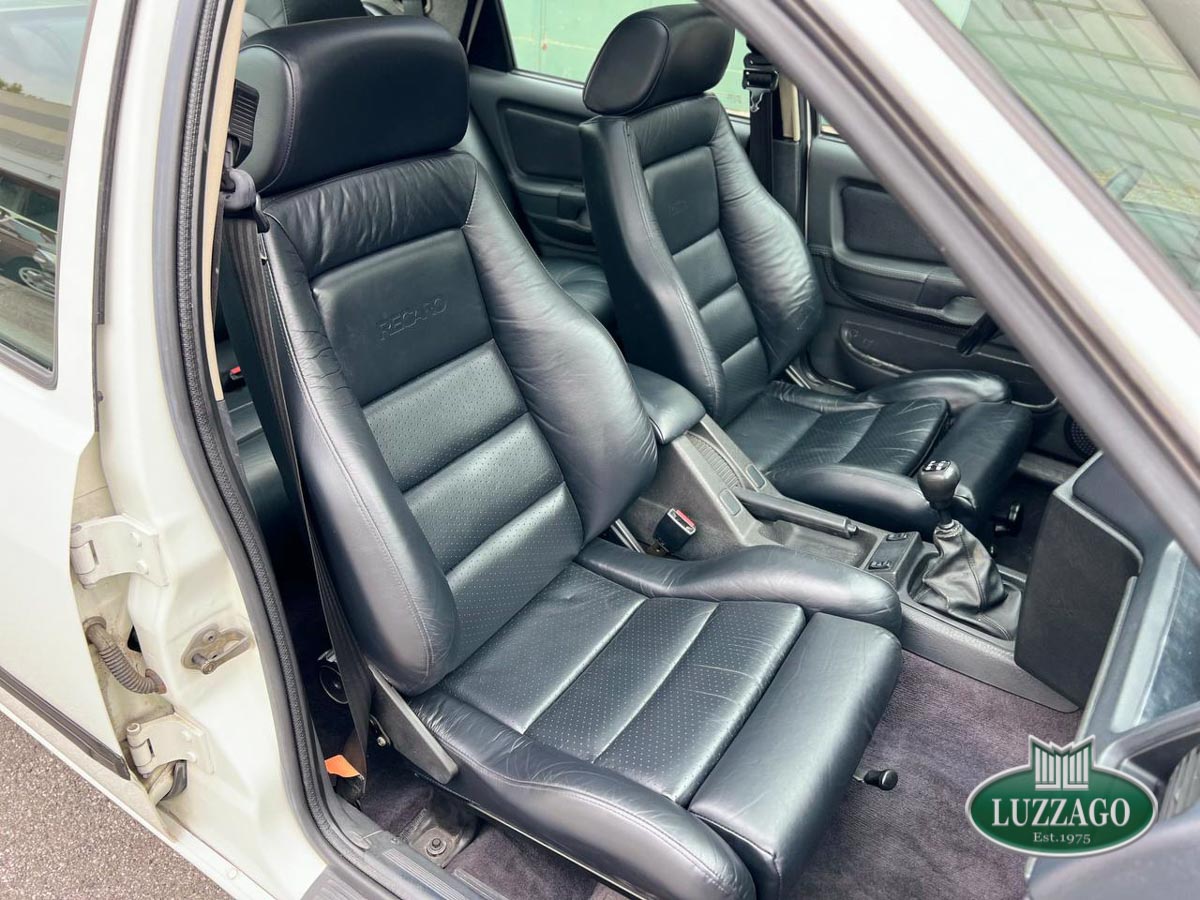
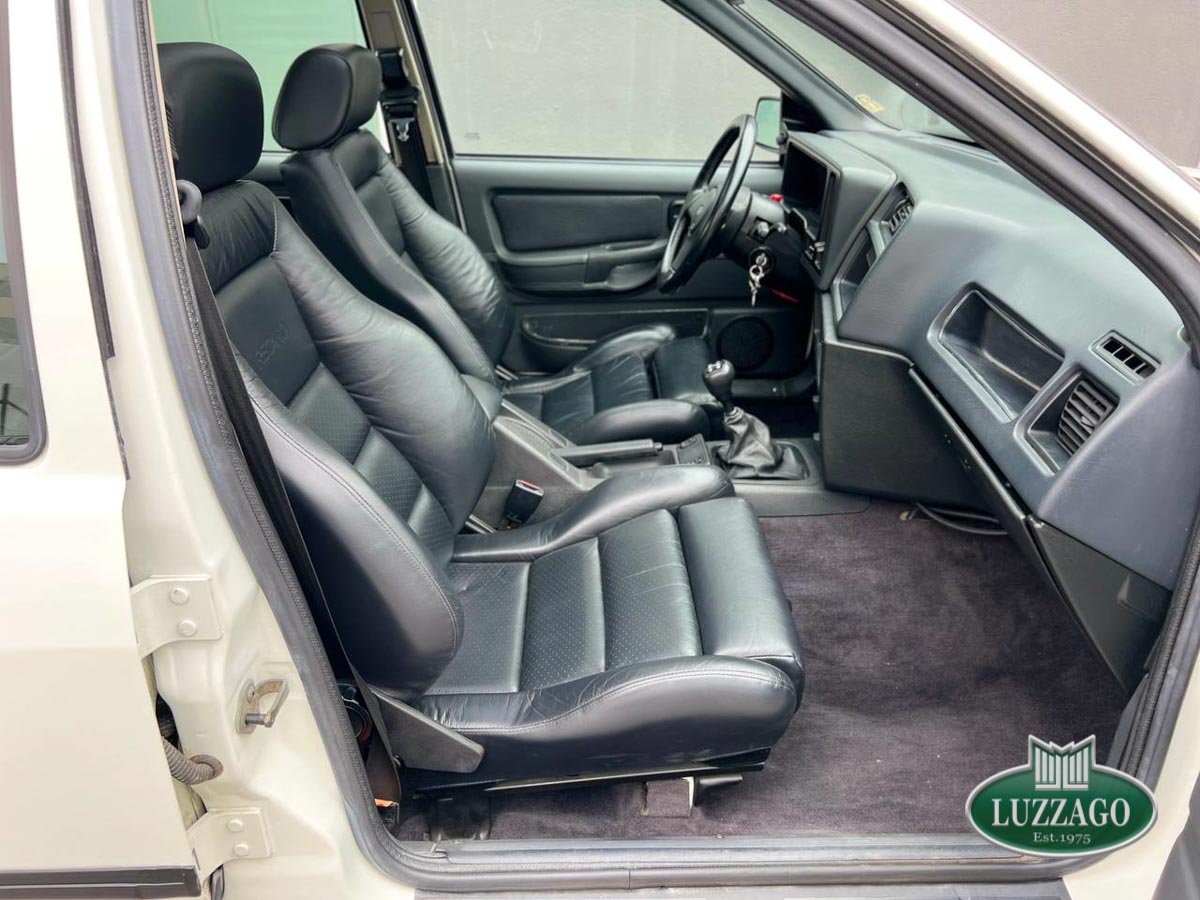
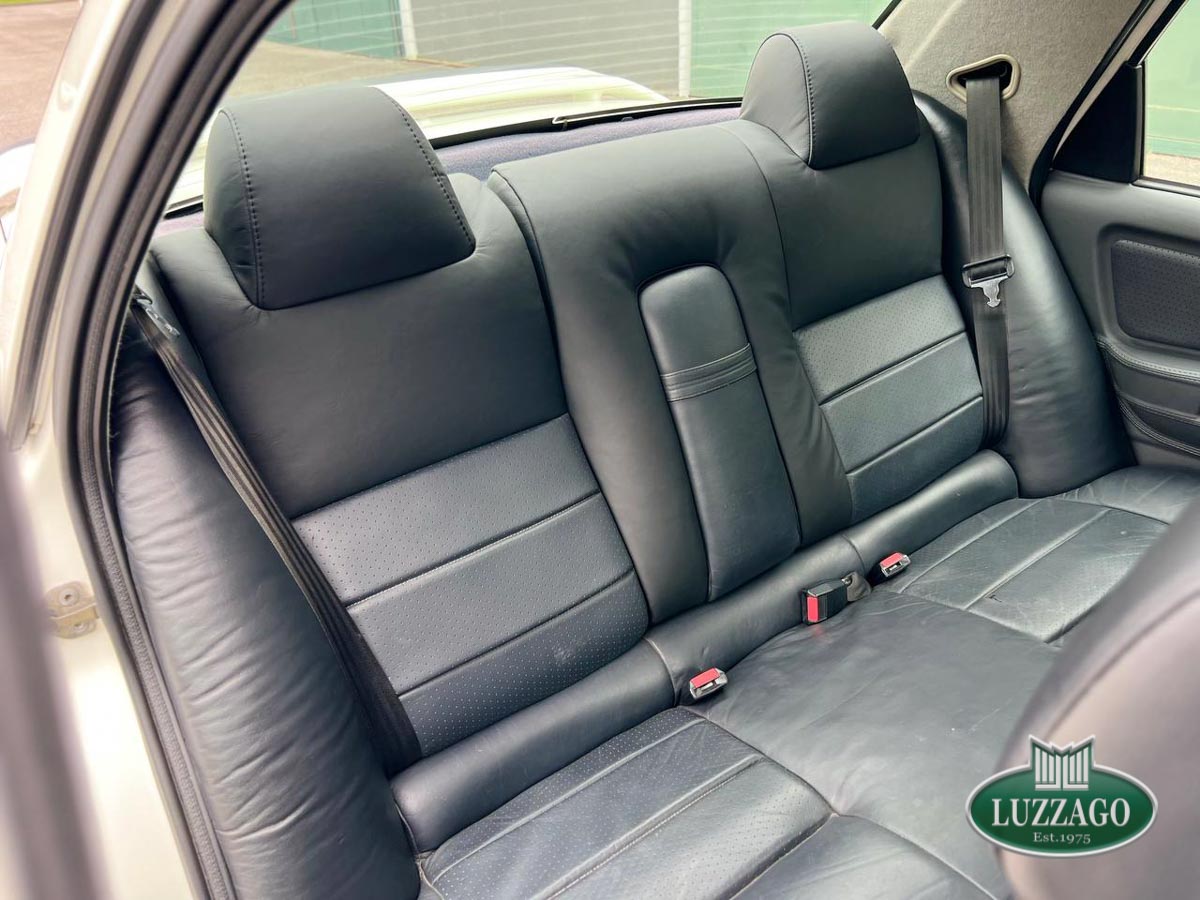
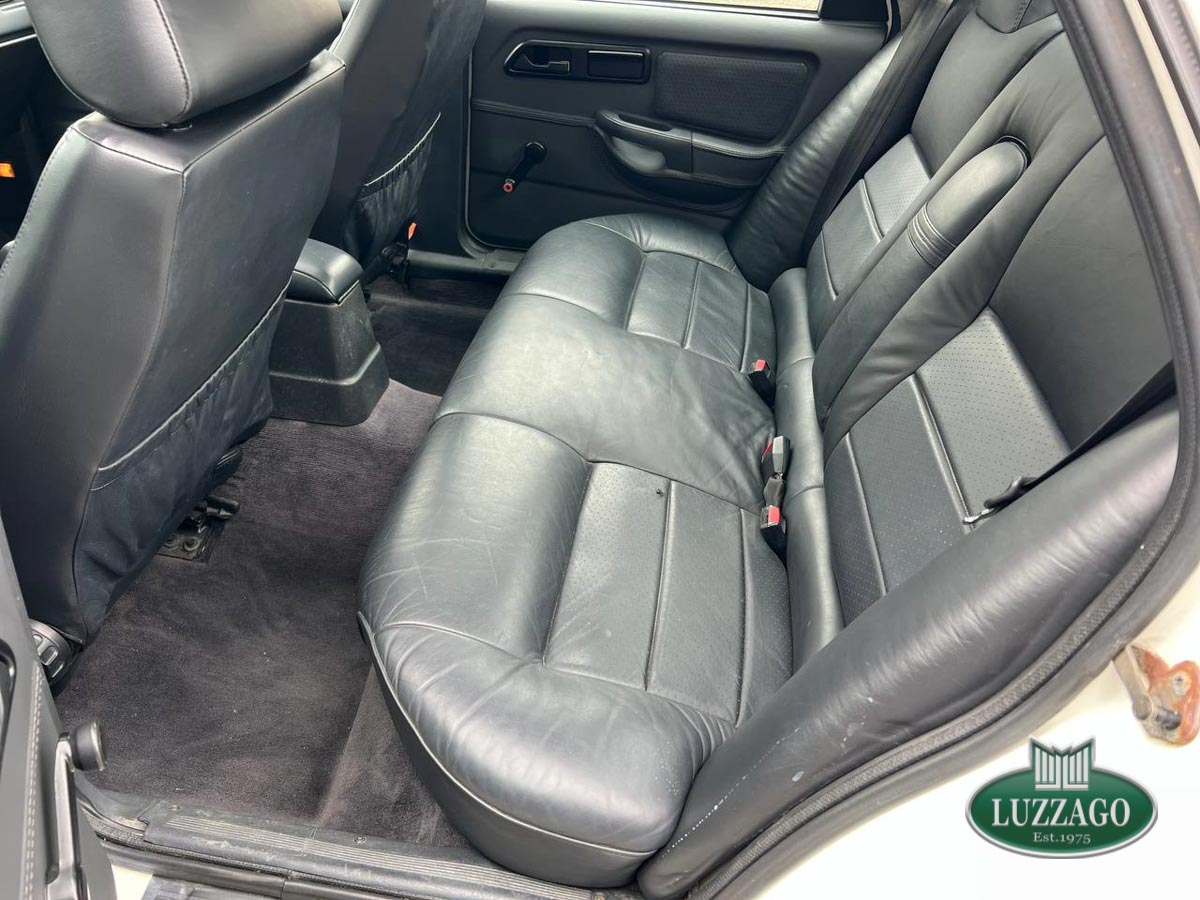
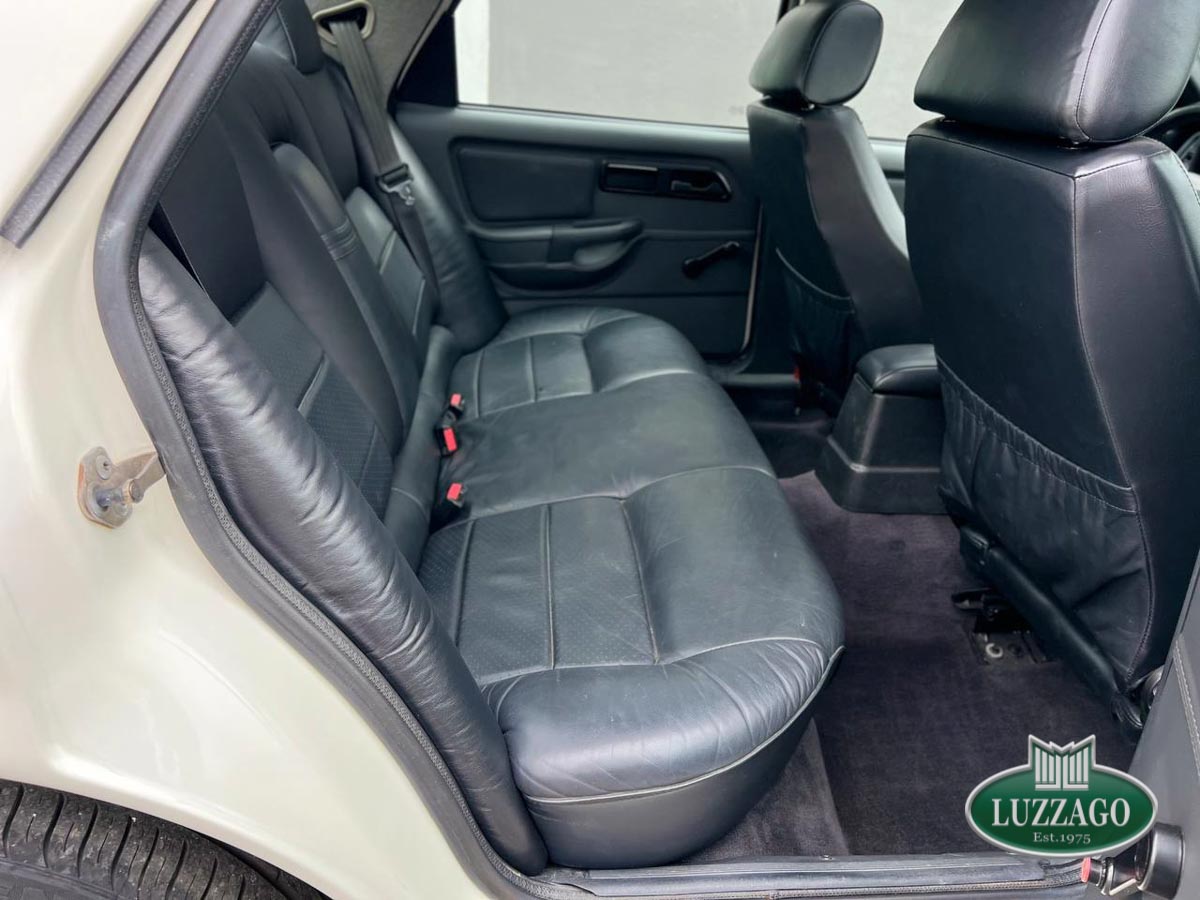
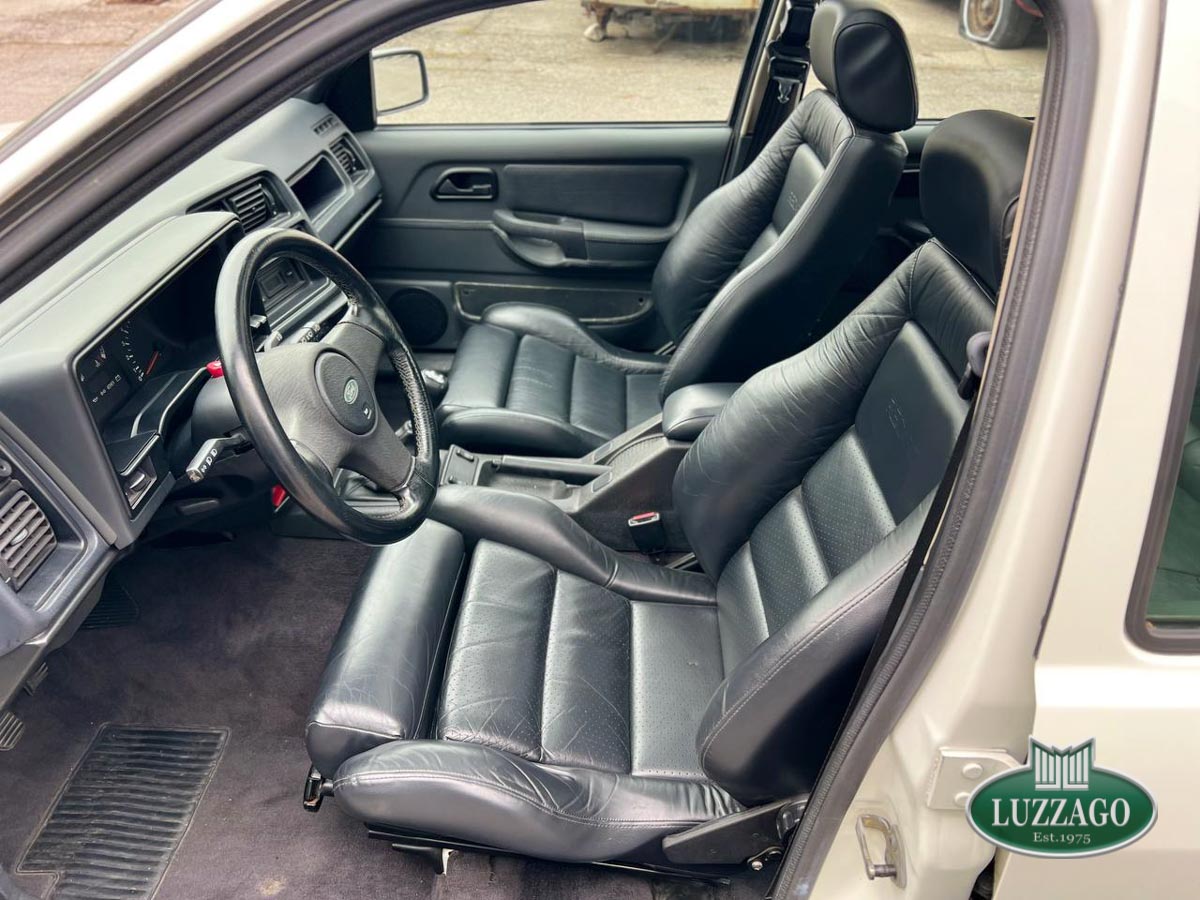
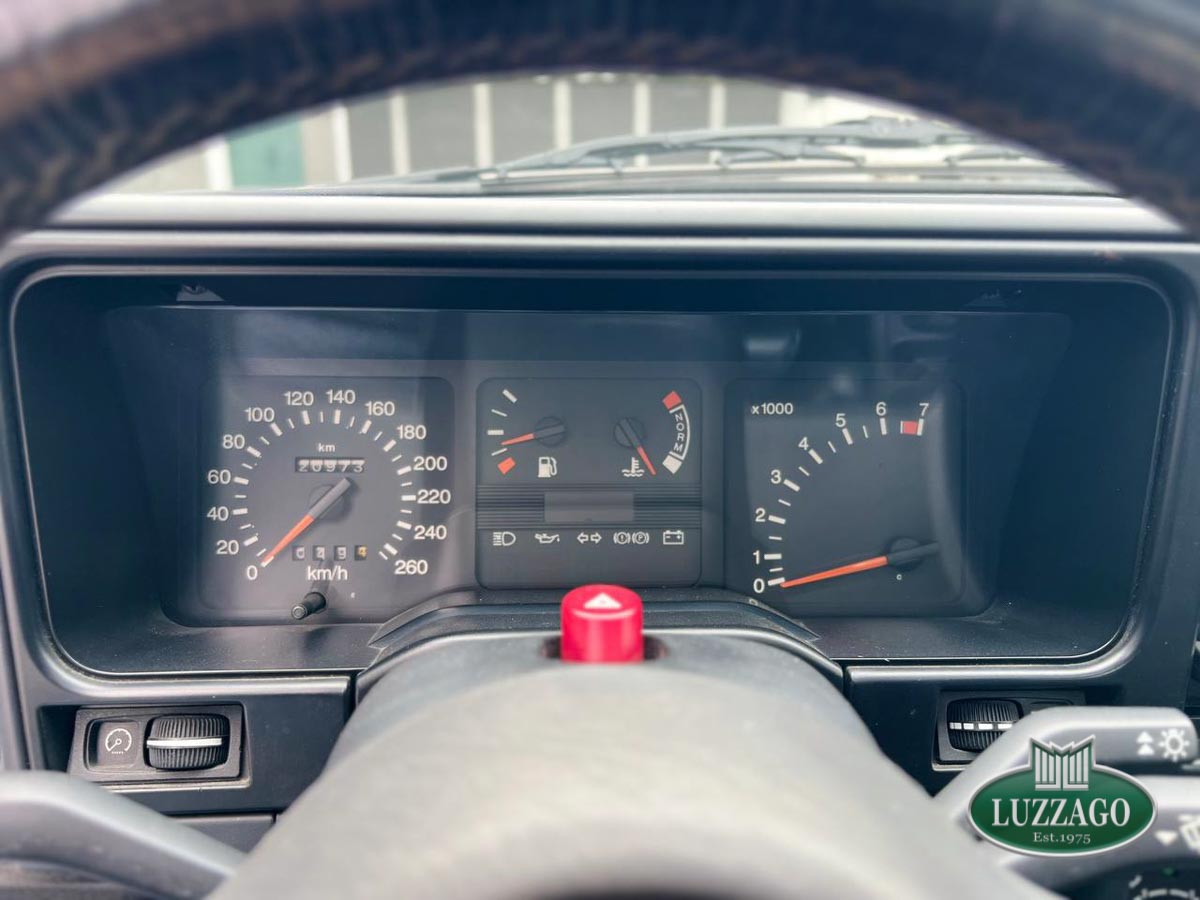
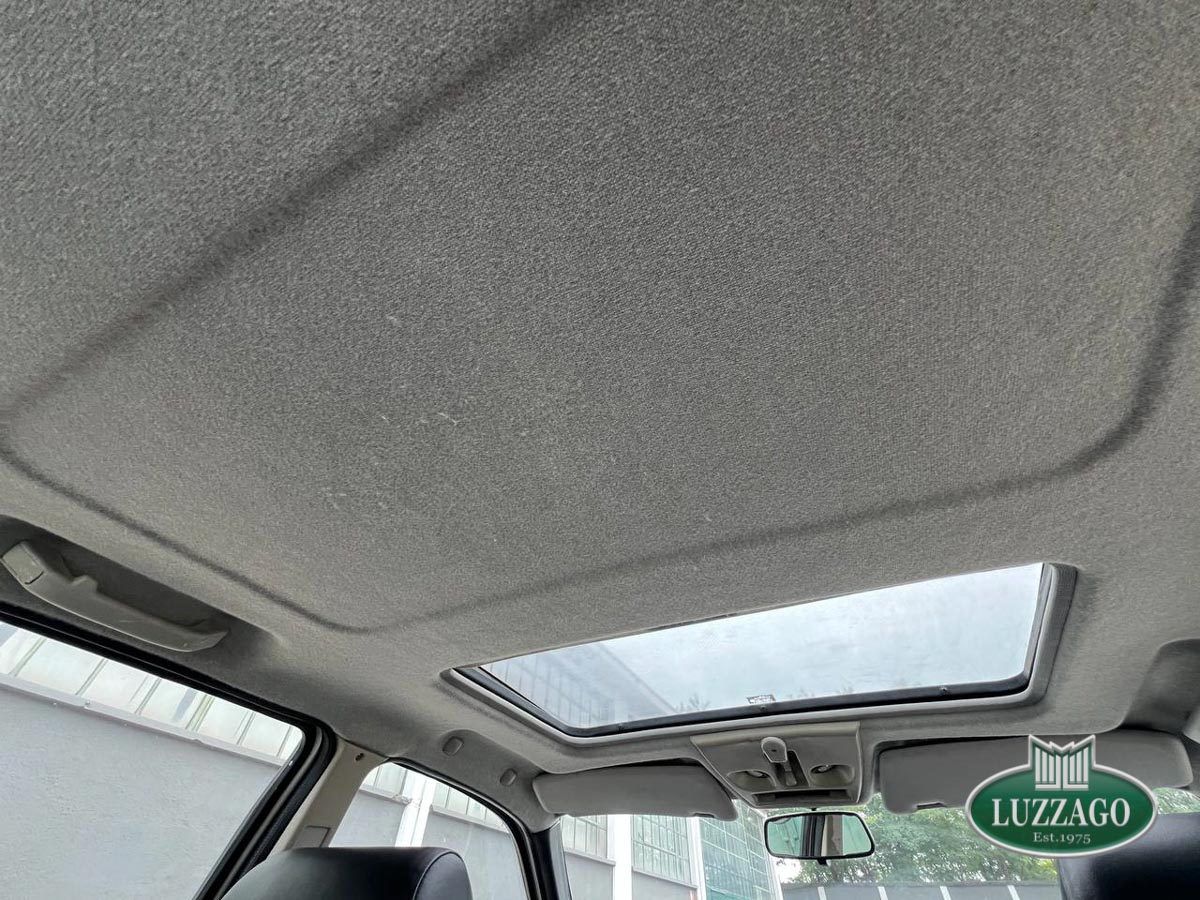
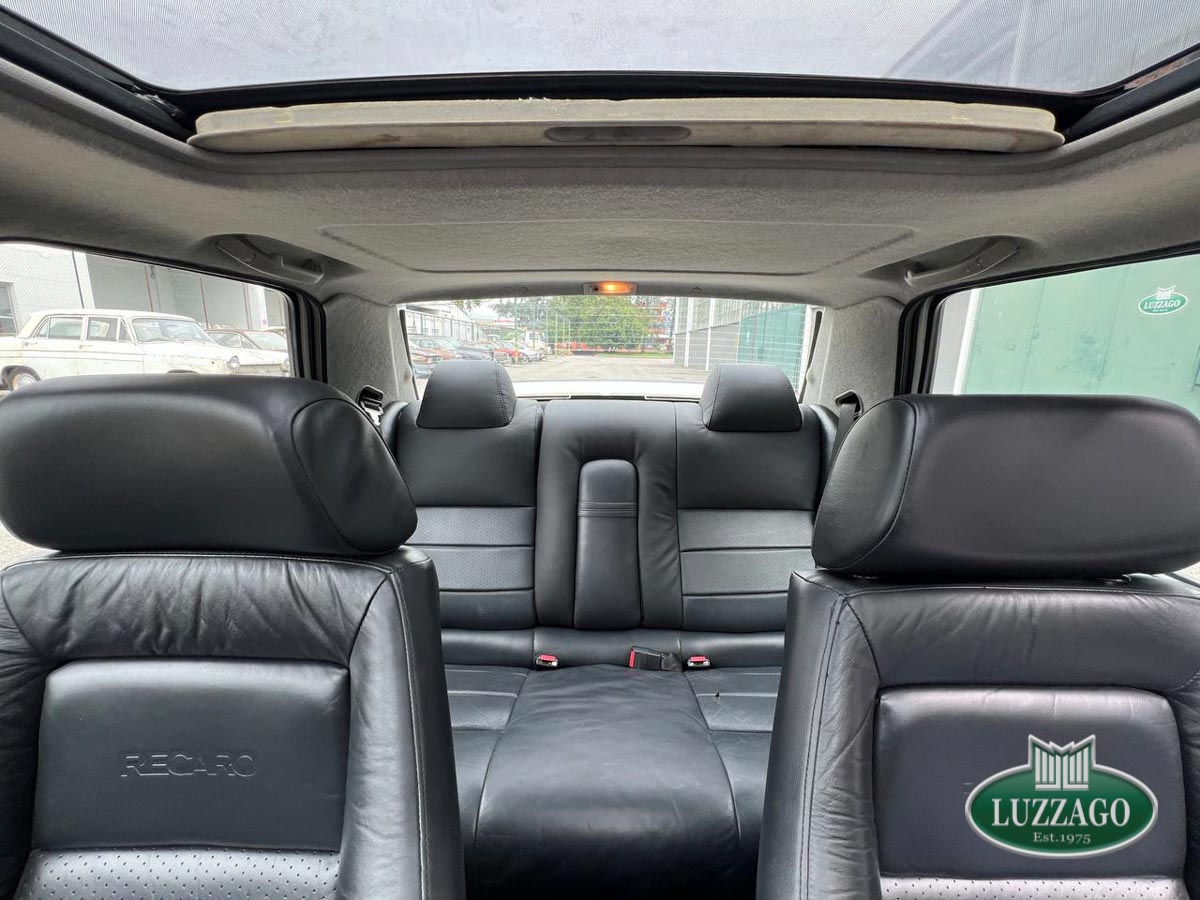
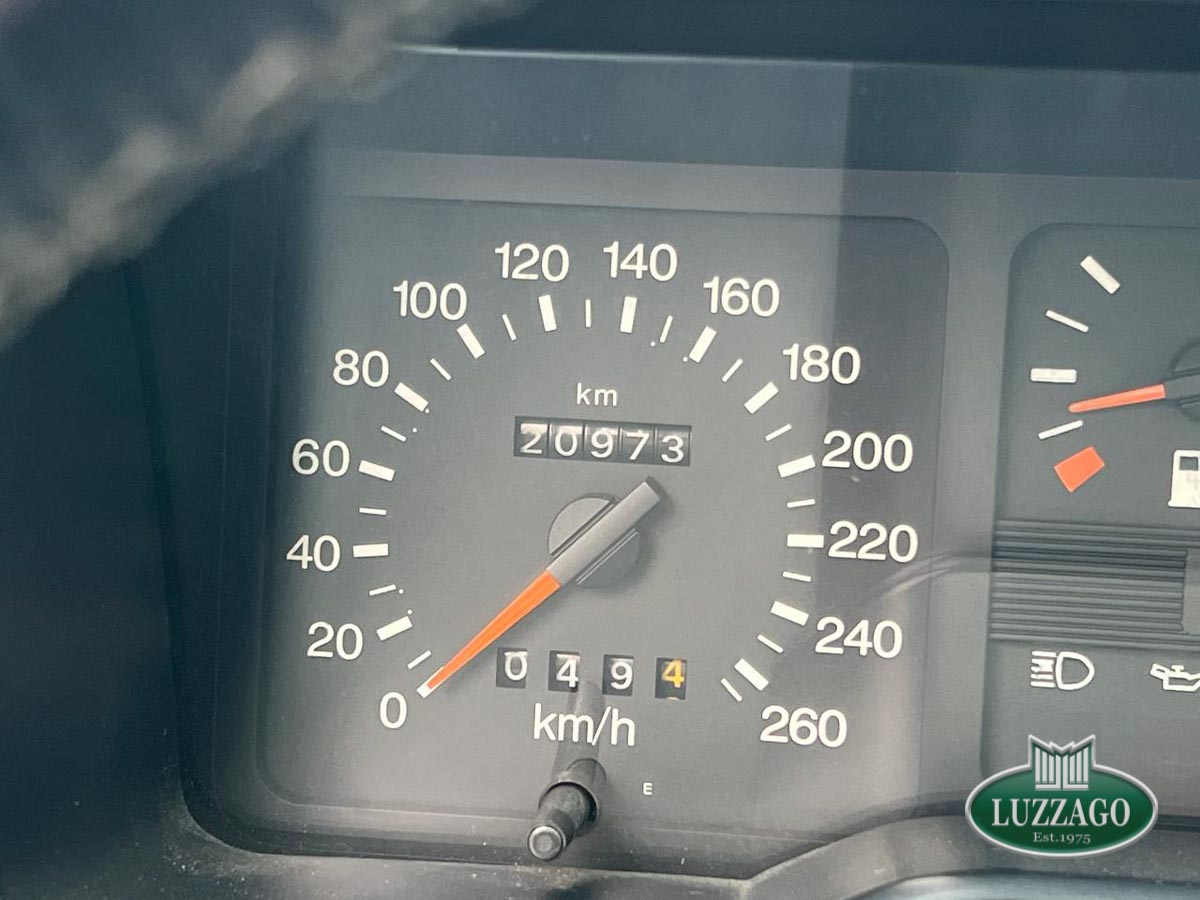
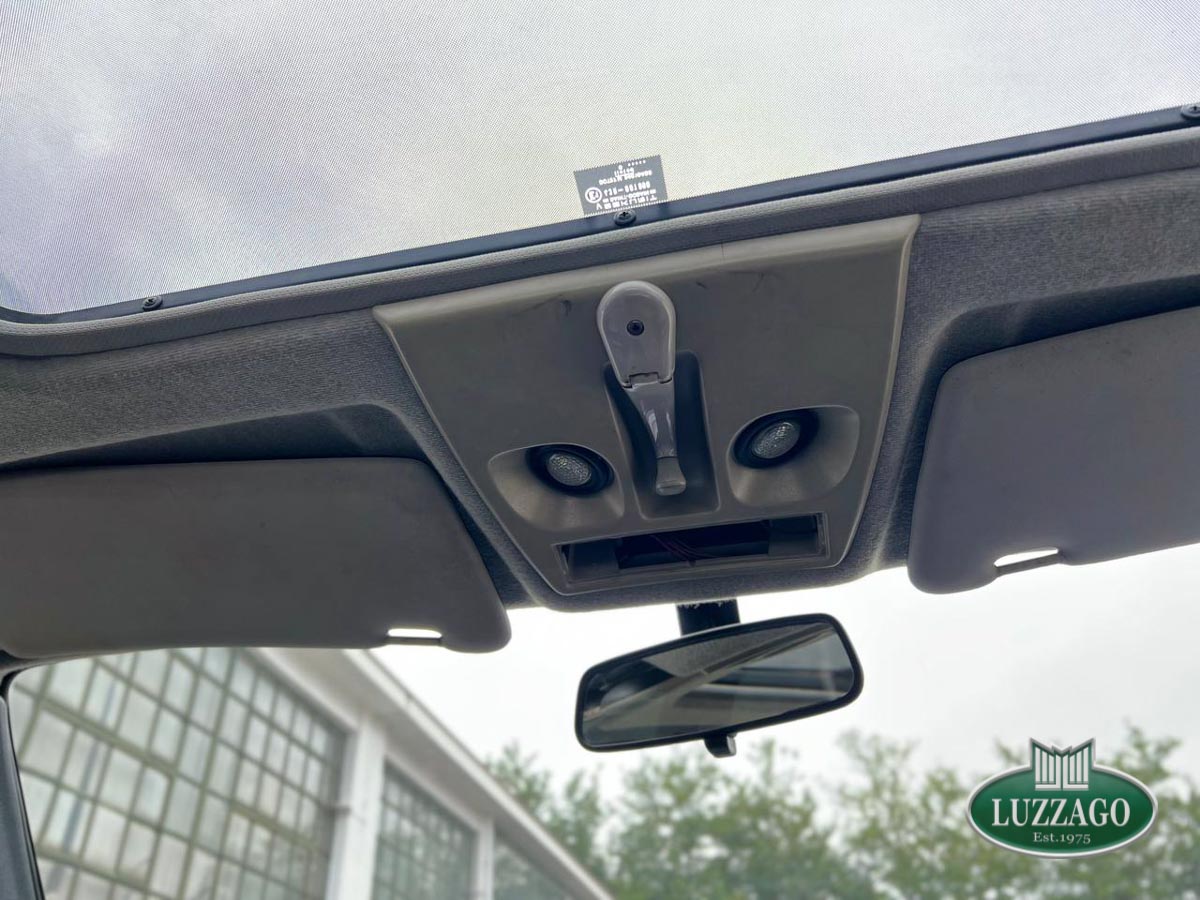
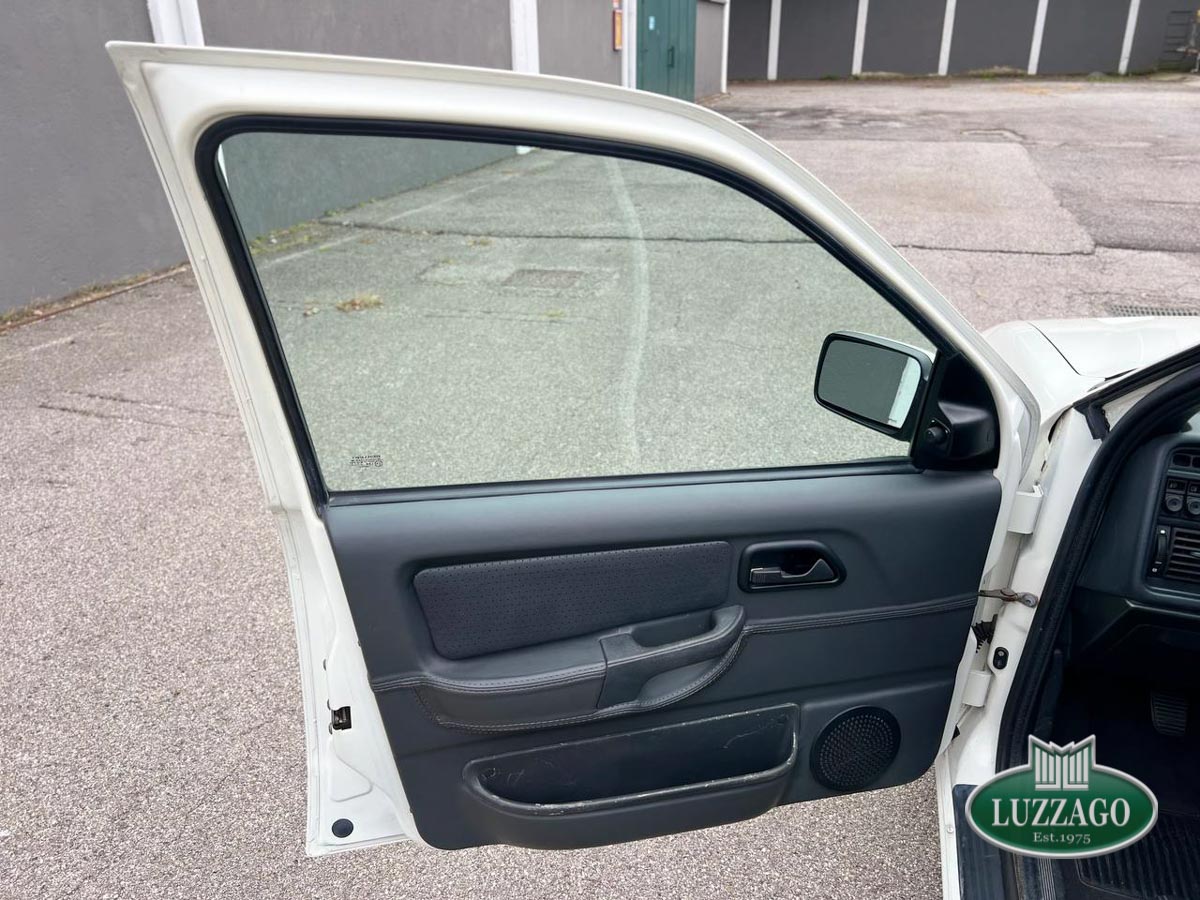
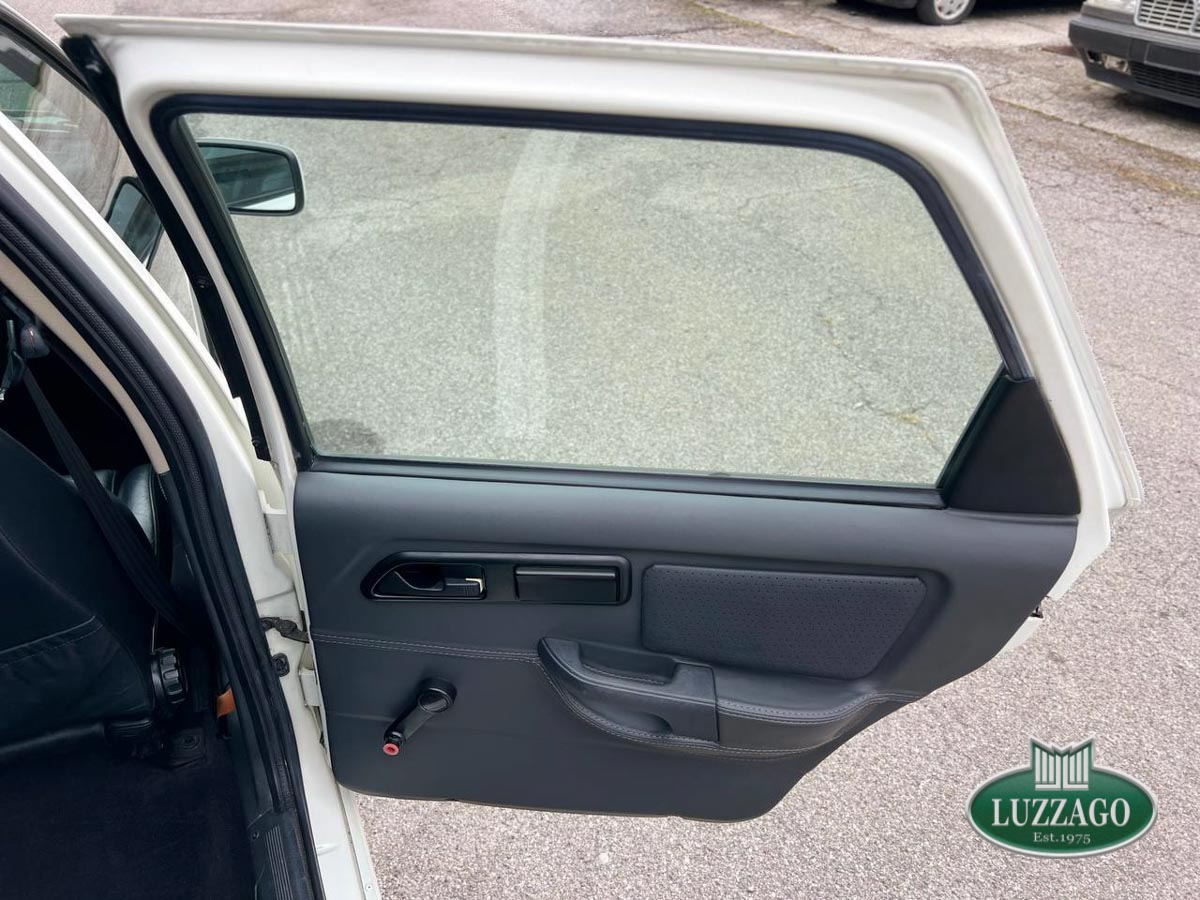
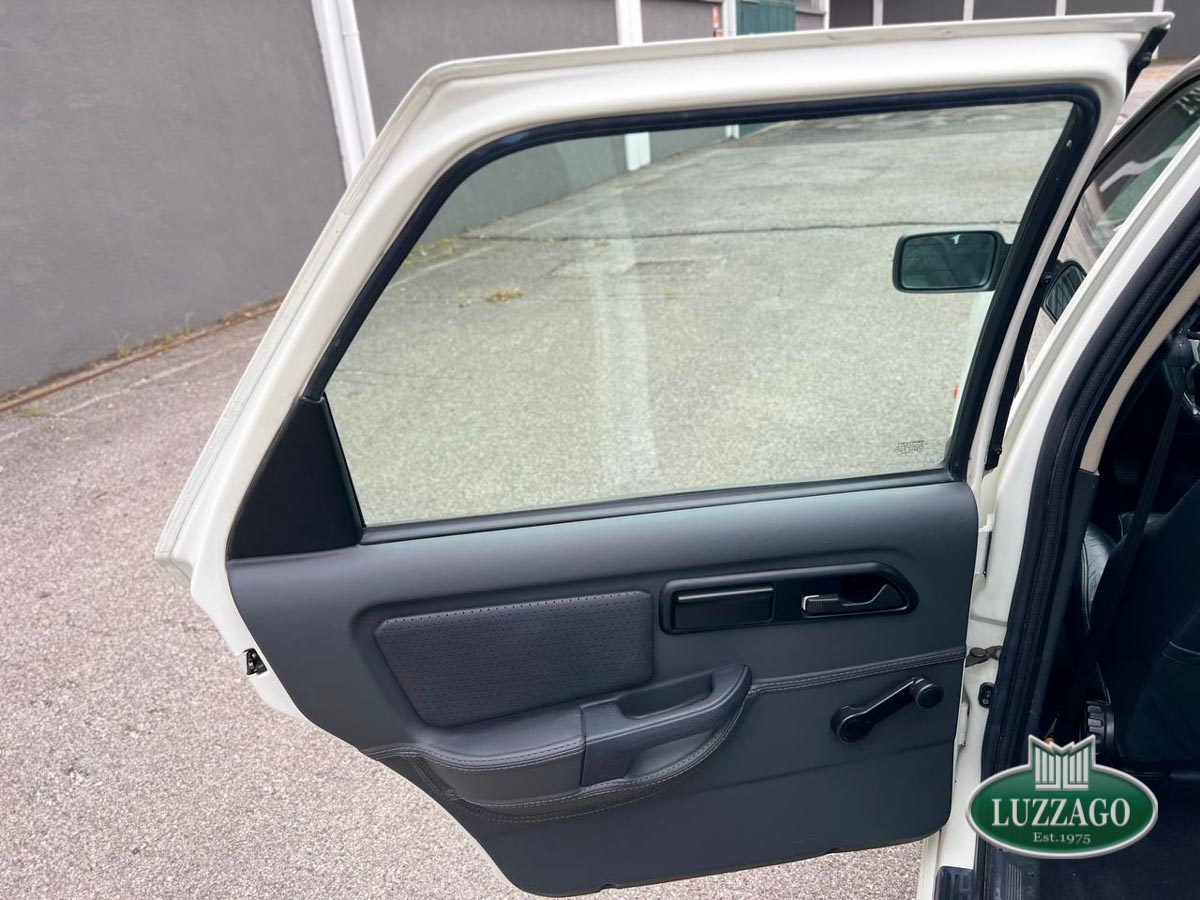
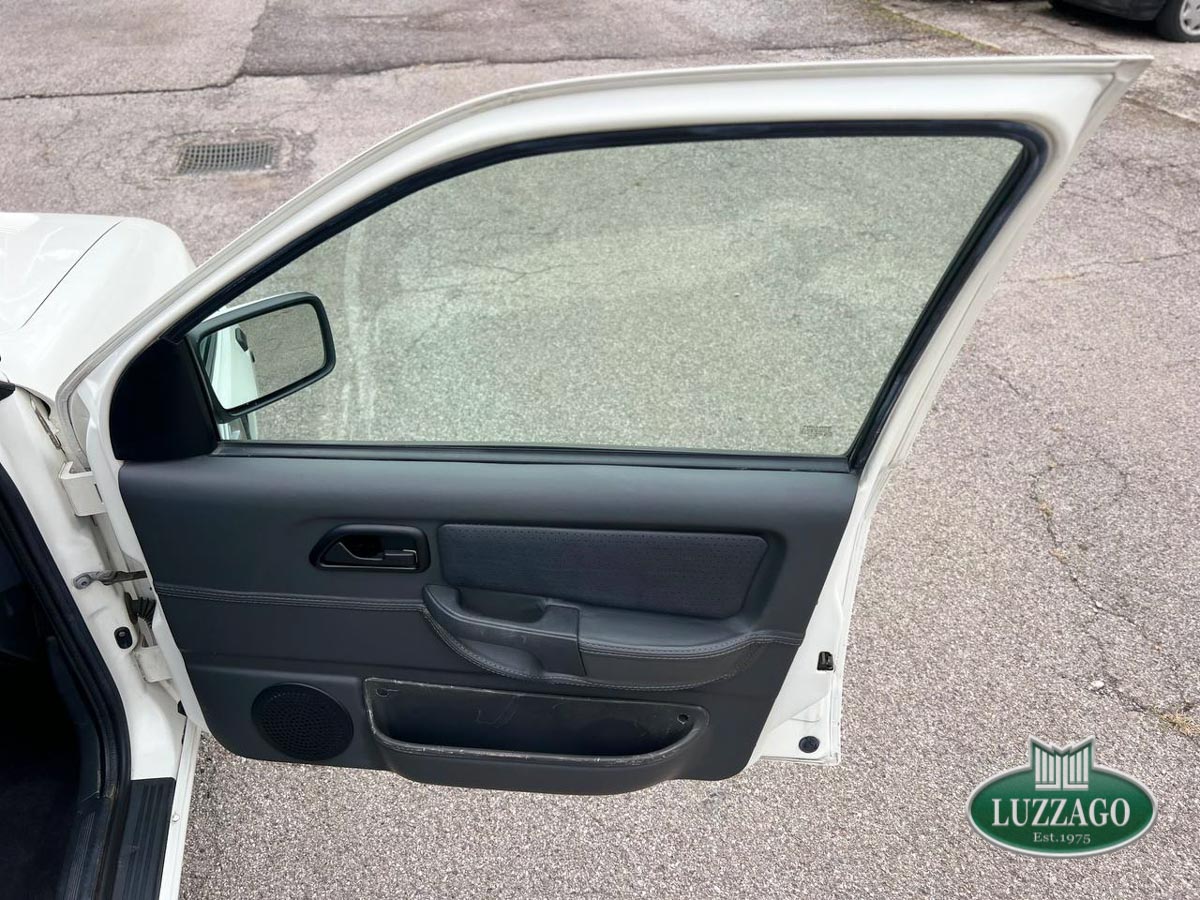
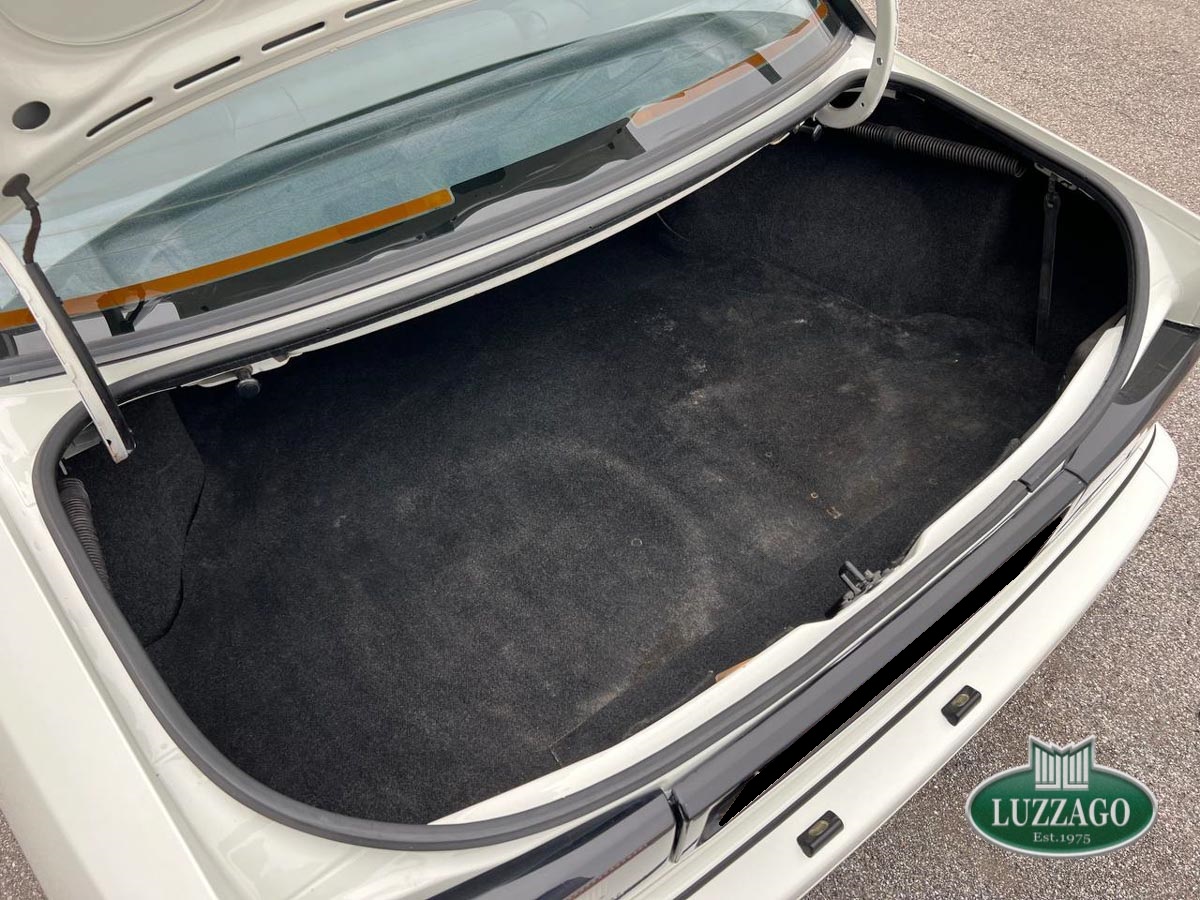


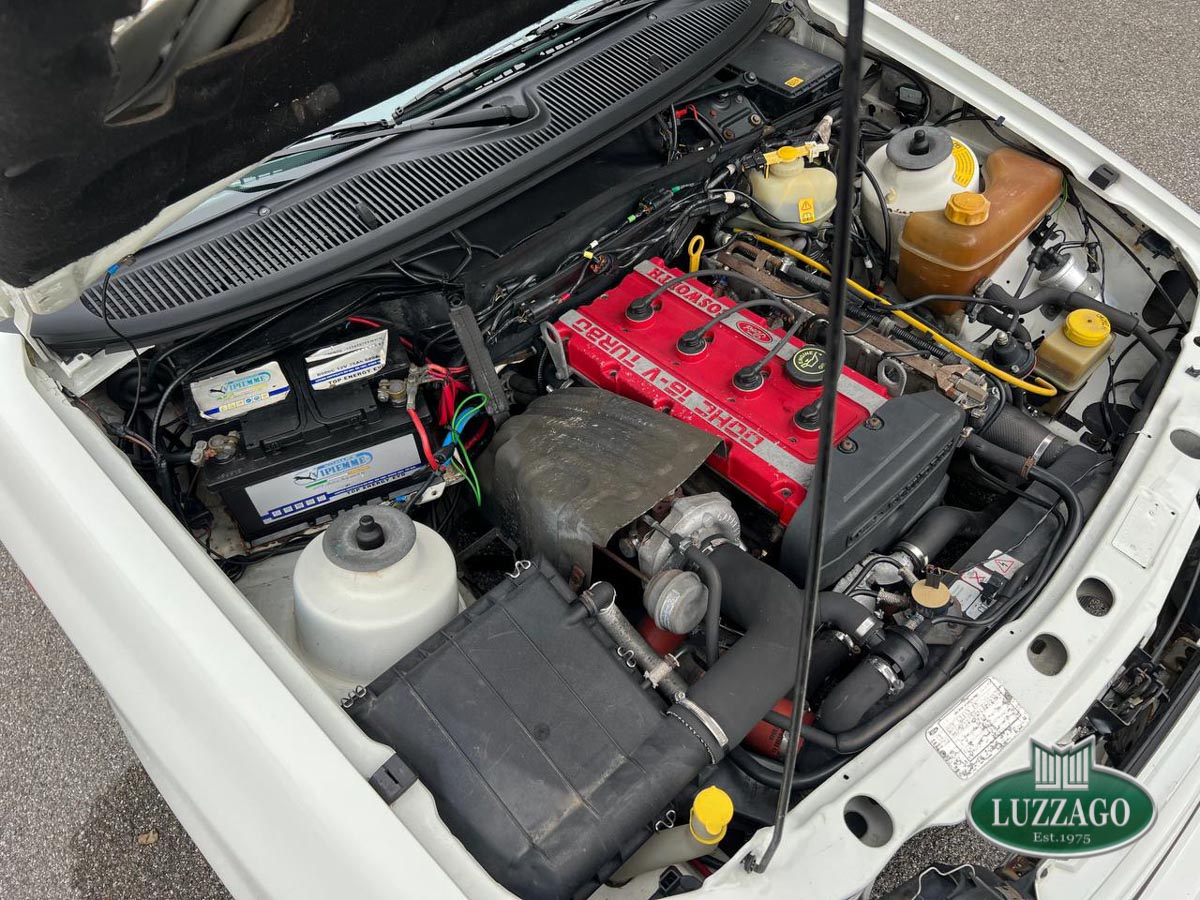
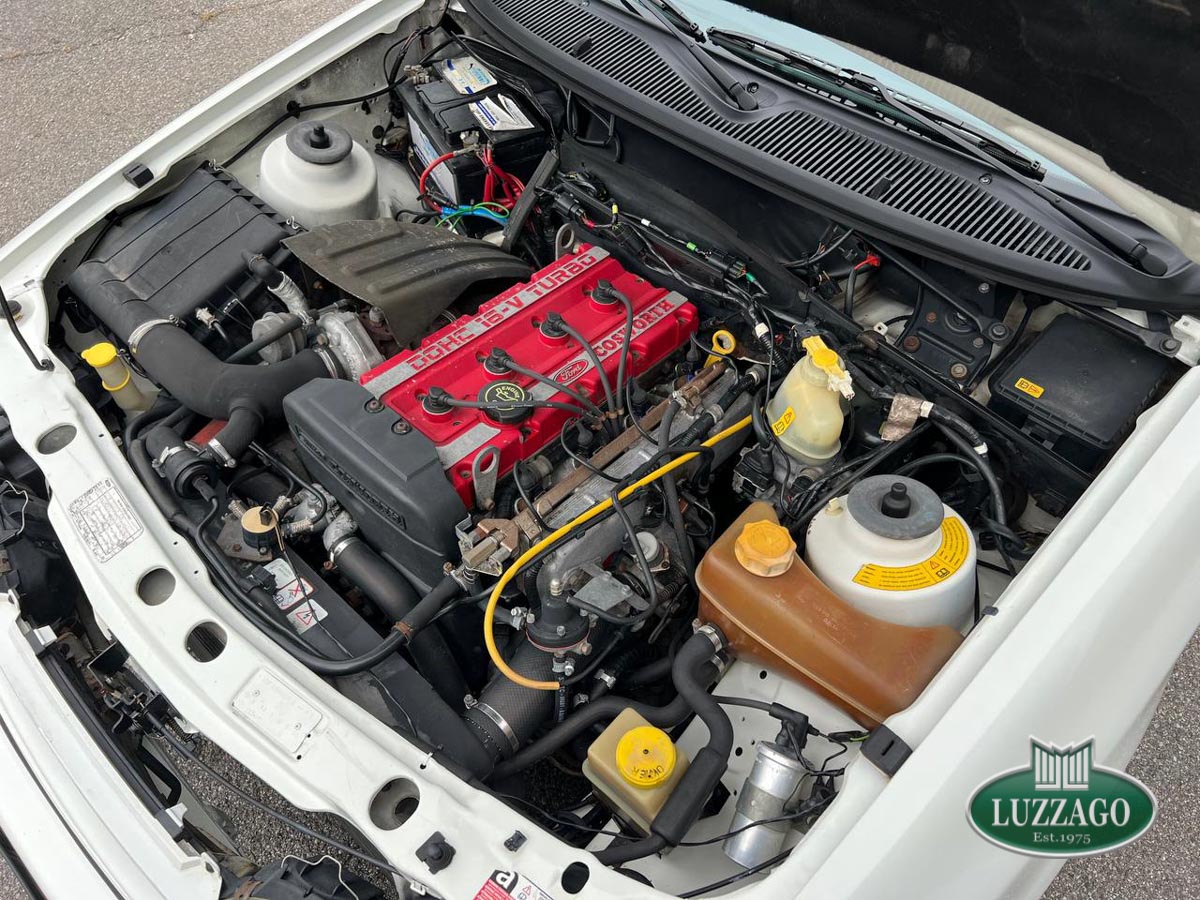
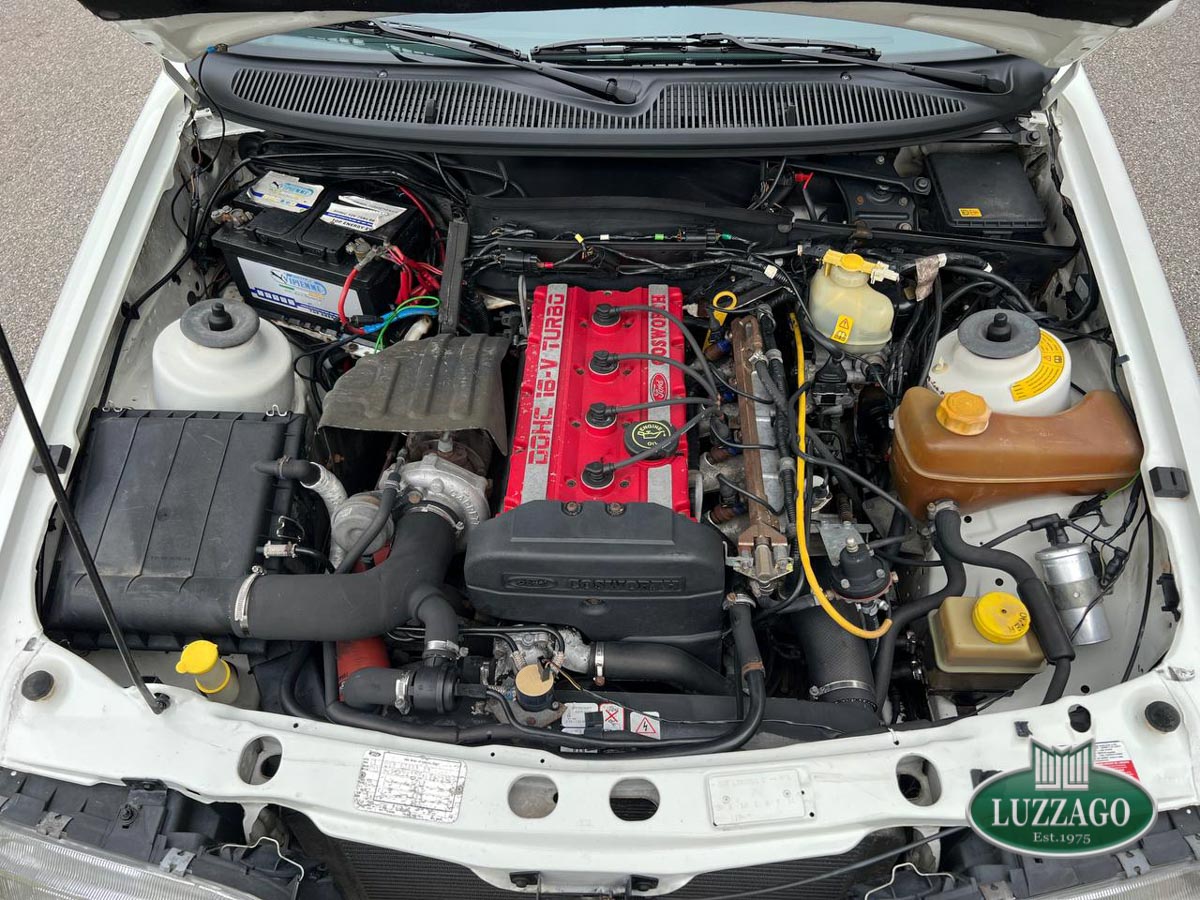
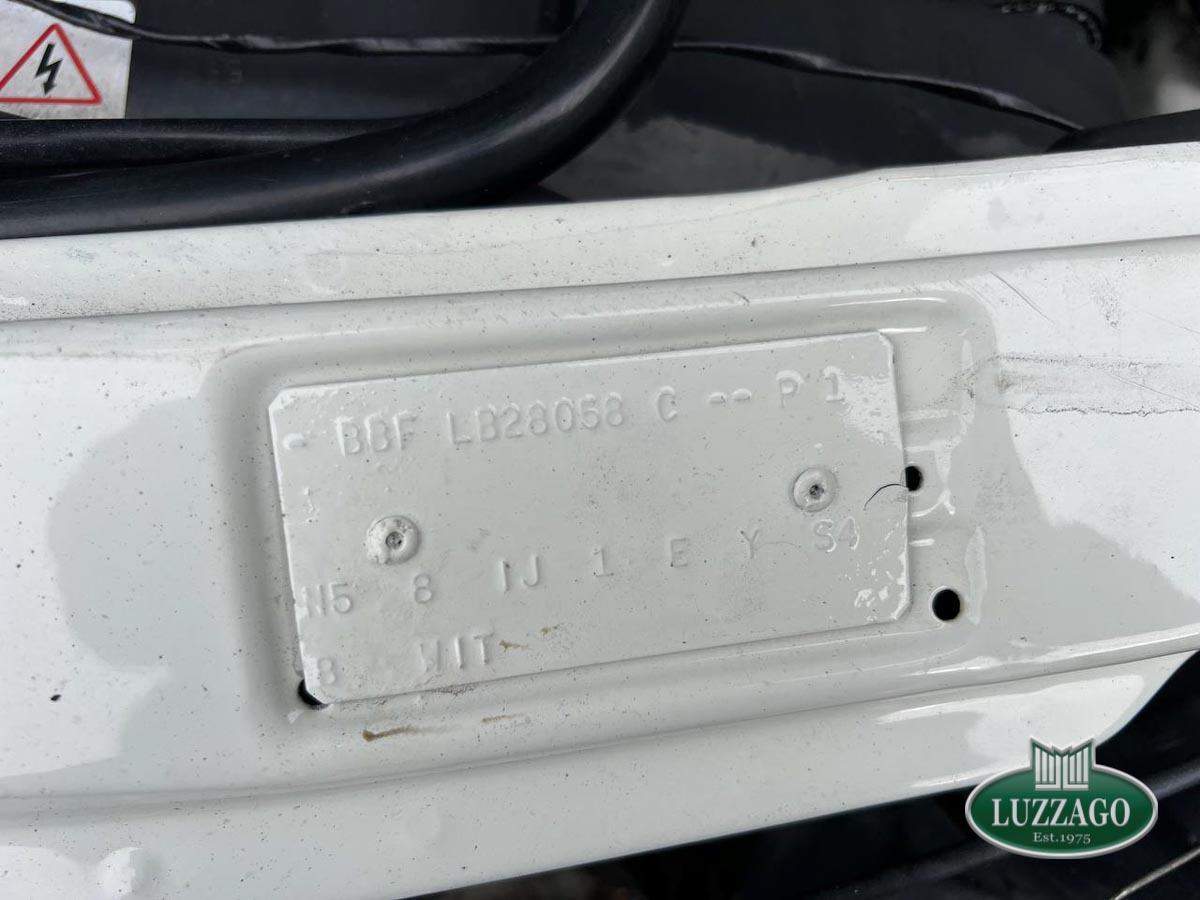
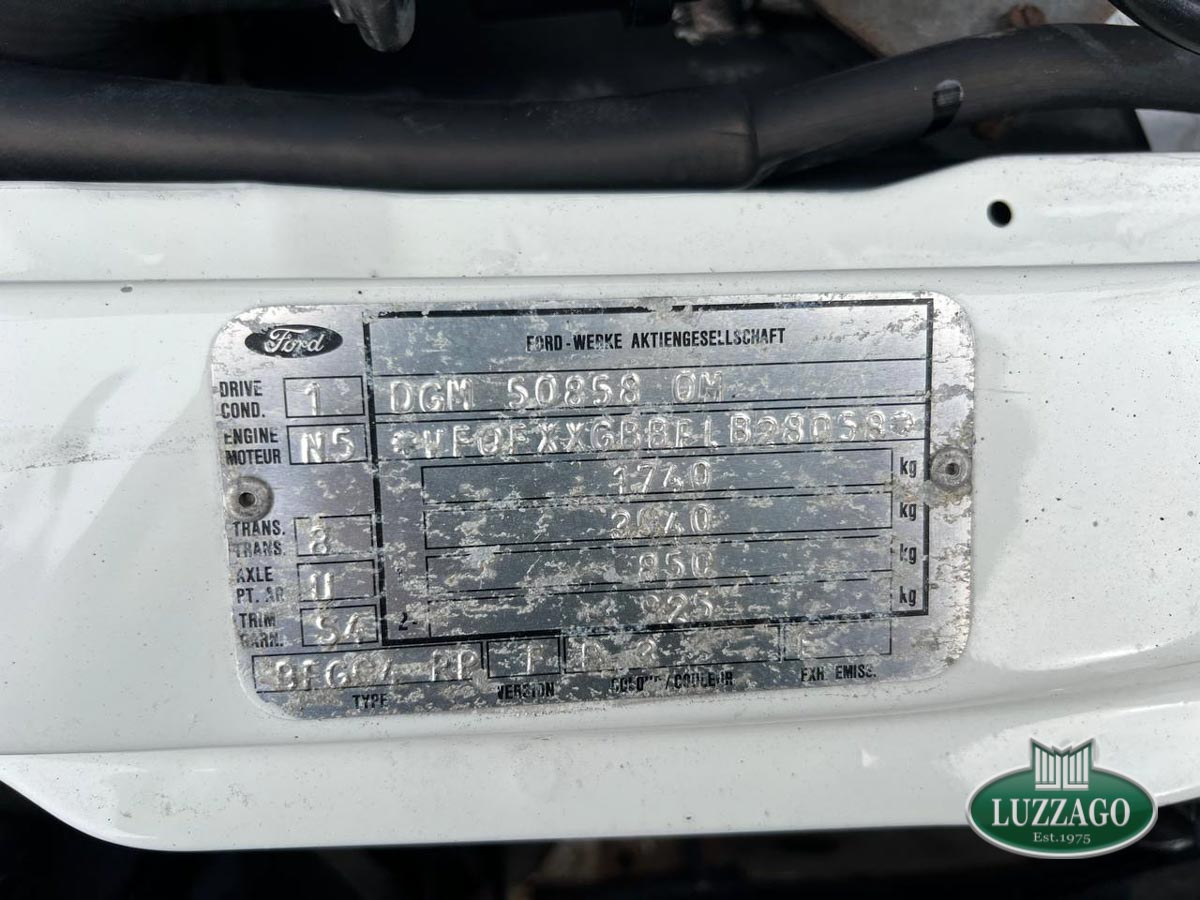
.jpg)
.jpg)

.jpg)
.jpg)
.jpg)
.jpg)
.jpg)
.jpg)
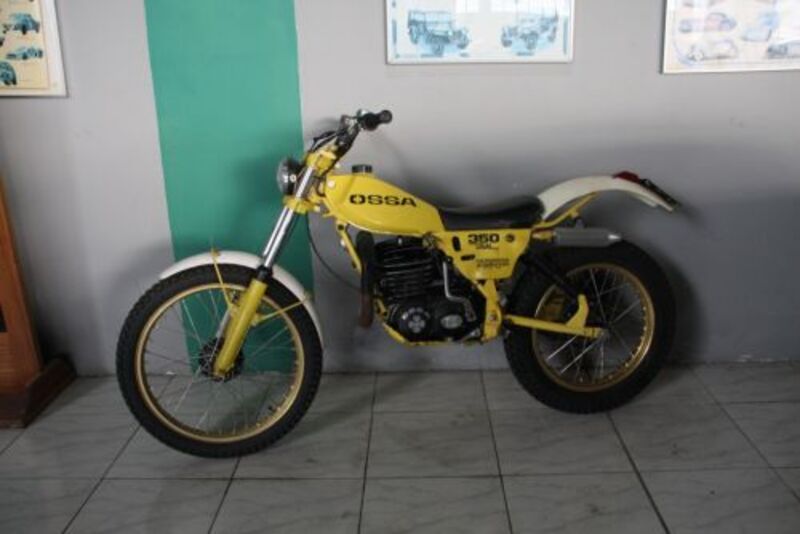
.jpg)
.jpg)
.JPG)

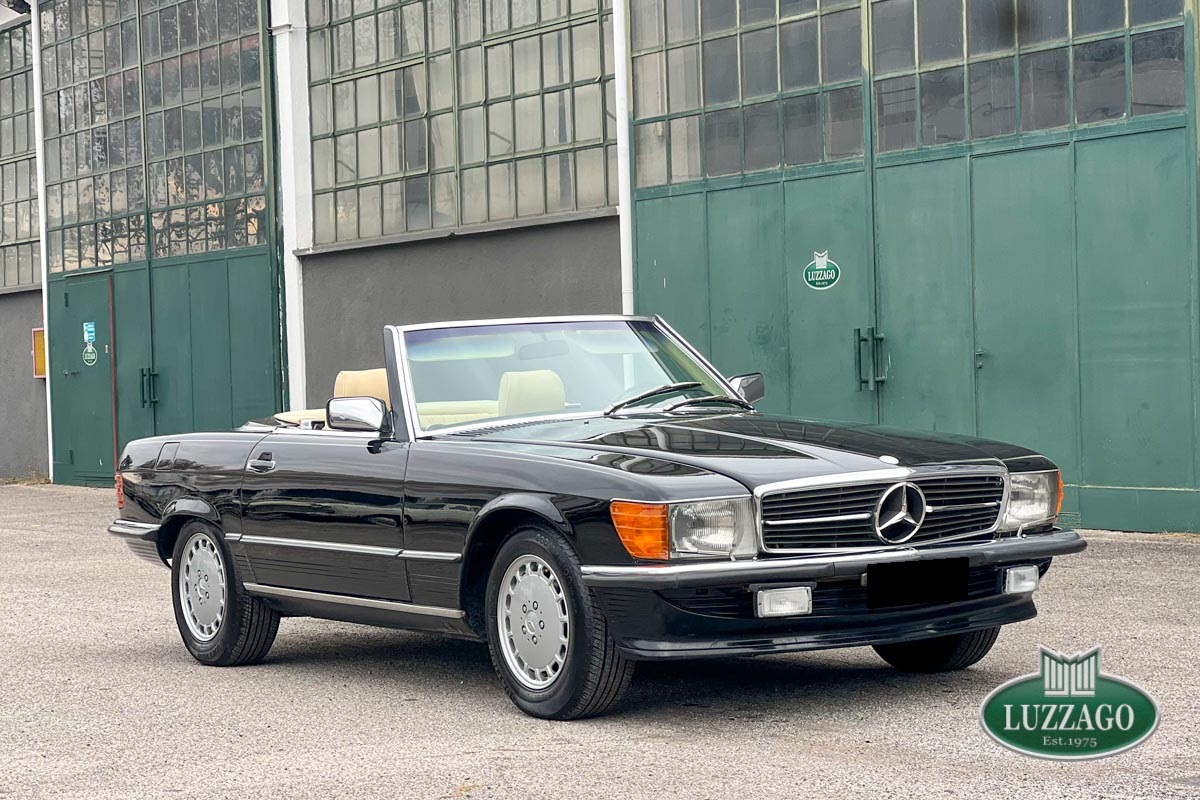
.jpg)
.jpg)
.jpg)
.jpg)
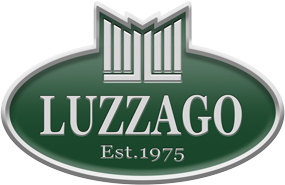

 CA Auto Bank offer subject to approval. Pre-contractual documentation at the Dealership and on the CA Auto Bank website (Transparency section). Advertising message for promotional purposes.
CA Auto Bank offer subject to approval. Pre-contractual documentation at the Dealership and on the CA Auto Bank website (Transparency section). Advertising message for promotional purposes.